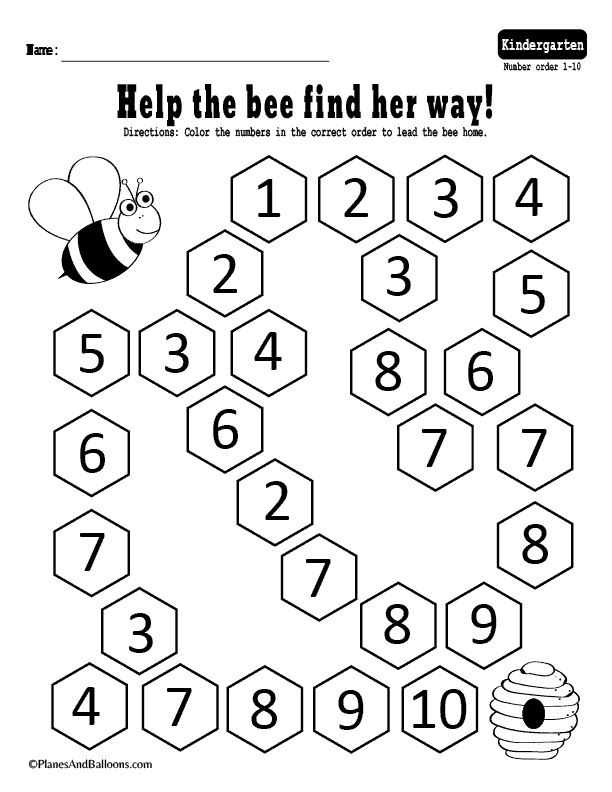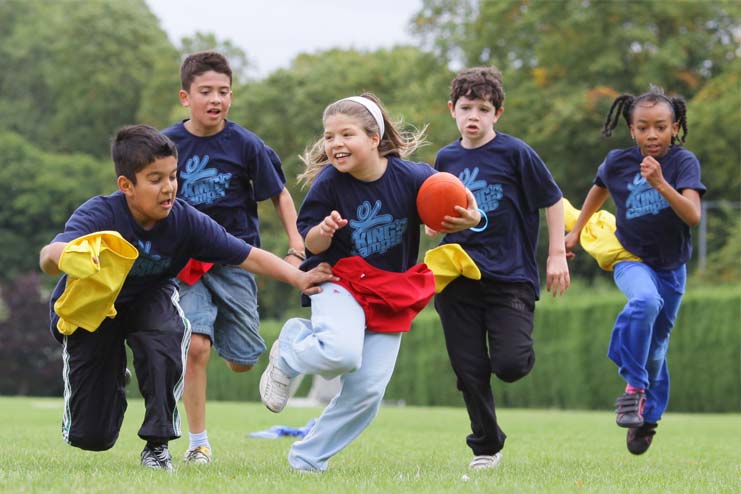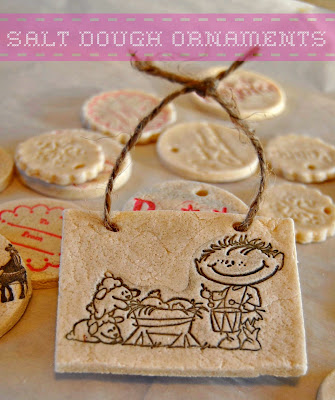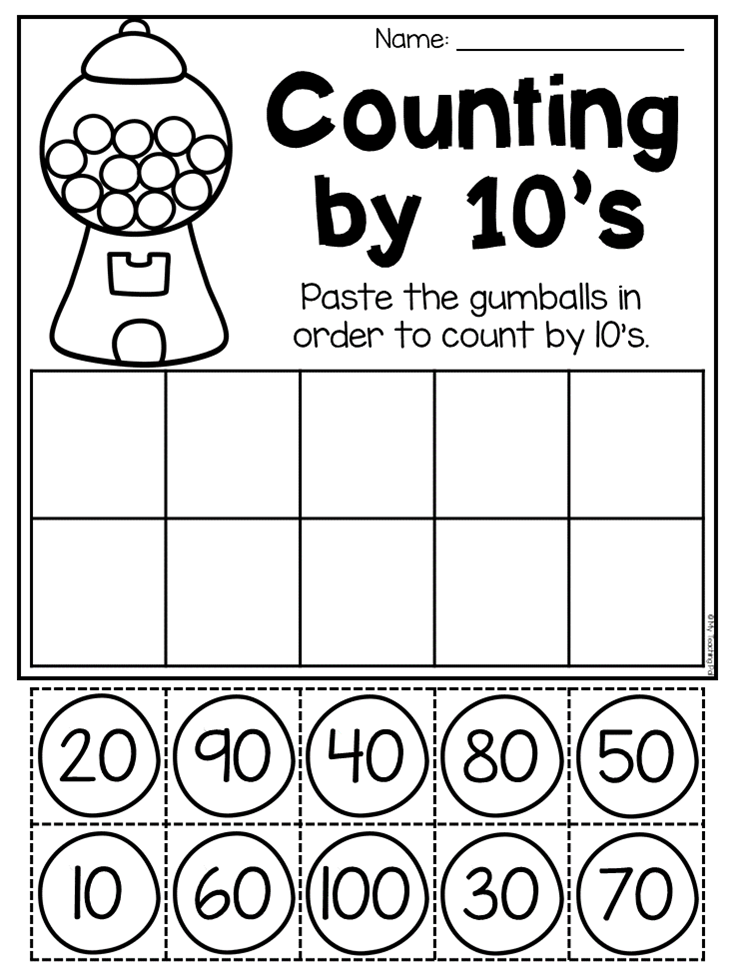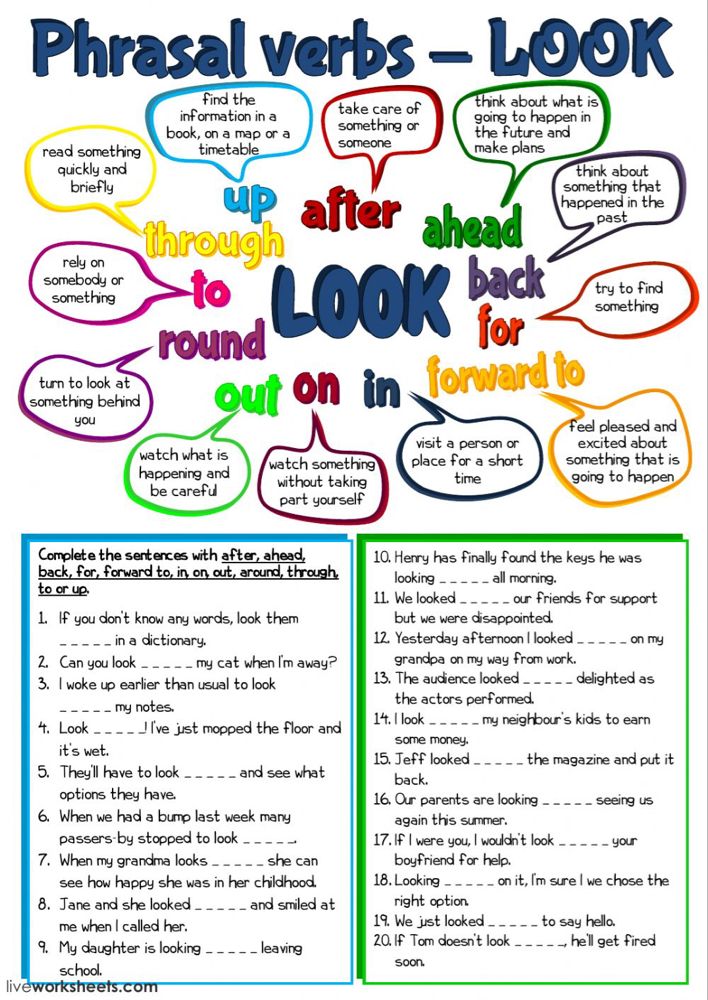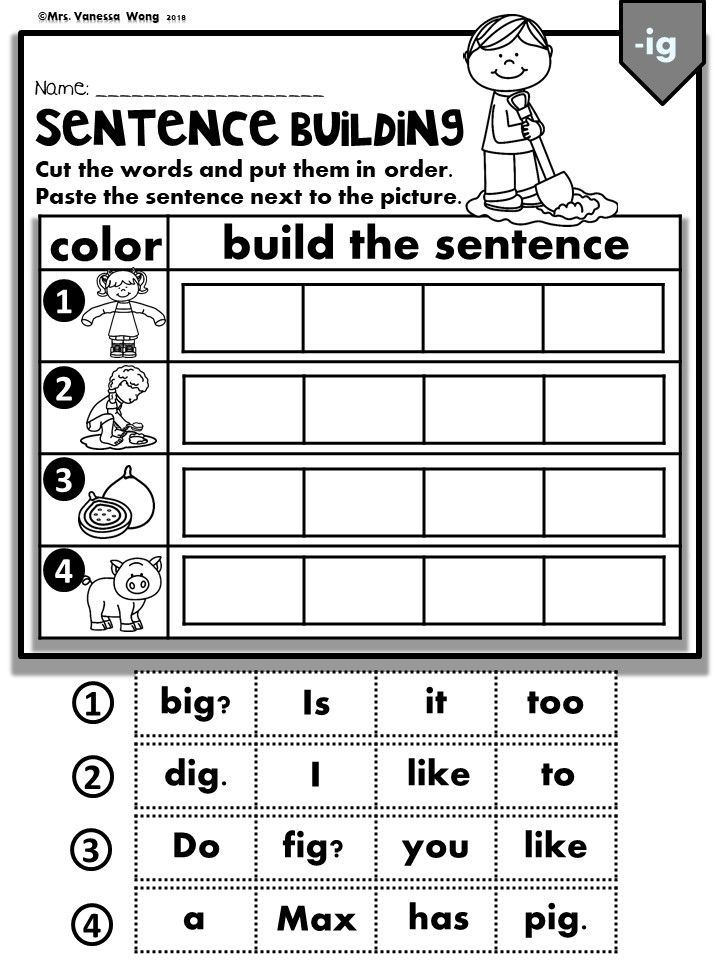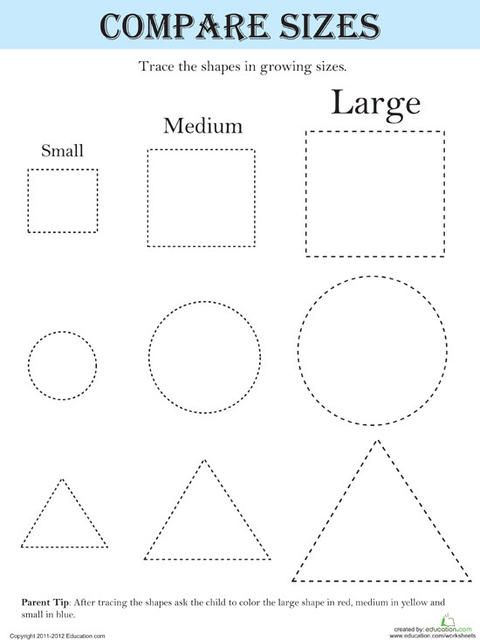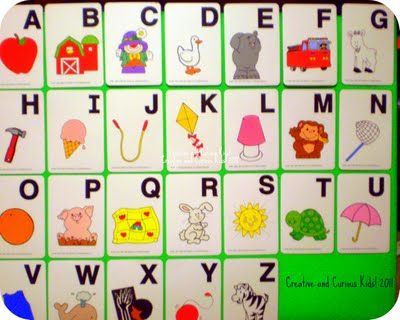Number recognition games for preschool
15 Number Recognition and Counting Activities for Preschoolers
As a parent or a pre-school teacher, one of the most important skills that you would want to impart to preschool kids is to make them understand numbers and how to count. Learning numbers for toddlers can be a fun activity using games rather than something that is taught by means of rote learning.
Here are some fun and engaging number games for preschoolers that can be easily played and does a great work at making kids grasp numbers.
1. Connect the Dots
Connect the dots is one of the most fun and fastest ways of helping toddlers understand how numbers are sequenced. Connect the dots is an interesting puzzle where kids can connect dots which are numbered in ascending fashion (dot numbered 1 to 2, 2 to 3, and so on). Once completed, the dots create a picture which kids can colour later.
What you need:
You can get connect the dots puzzles in daily newspapers. There is also an option of downloading existing templates from the internet and getting them printed or you can make your own puzzle using some pen and paper.
How to do:
Mark the dots with the numbers marked over them sequentially, which forms an outline of a simple shape or a closed figure when completed. Ask the kid to connect the dots using a pencil starting sequentially from the dot numbered 1 and moving ahead to bigger numbers to complete the figure using lines to join the dots between two numbers.
2. Painting Using Numbers
In this fun and informative game, preschoolers are made to colour according to colour schemes that are coded with fixed numbers. Children are supposed to colour the picture according to the colouring code that they receive with the sketch. This game not only teaches the child to understand numbers but also to associate them with a specific colour.
What you need:
You can easily get online templates for colouring which can be directly printed out to use for this activity. You can also create your own sketches by creating a colour code using a sheet of paper, a black sketch pen, or a marker, and a box of colouring pens, pencils or crayons.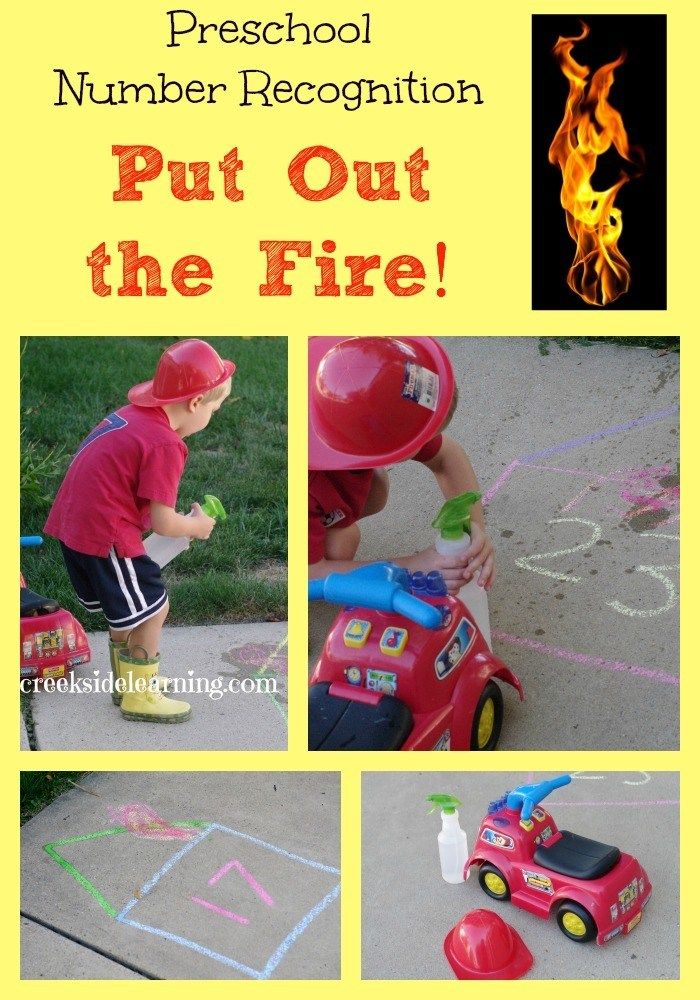
How to do:
Make your own sketch with colouring scheme made on top as to what number should be coloured with which colour. Add numbers accordingly to the sketch that you made. Ask the kid to paint the sketch according to the colours corresponding to the numbers in the figure. This activity not only helps the child with understanding numerals but also in relating to corresponding colours.
3. Abacus
An abacus is an educational toy that has been in use for thousands of years and was a predecessor to out modern-day calculator for counting things. It consists of movable beads on wires fixed to a stationary wooden or bamboo frame. An abacus can be used for learning higher arithmetic operations and it also strengthens the child’s counting skills.
What you need:
An abacus can be bought online or picked up at any educational or recreational toy store.
How to use it:
Ask the child to count the number of things in the house, like windows or chairs by recording it on the abacus.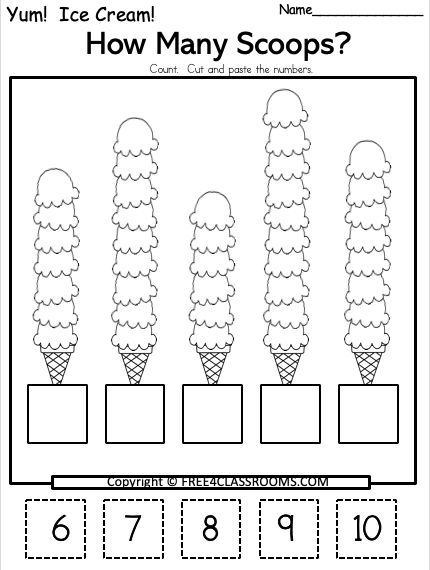 The child can do this by moving the number of beads on the abacus corresponding to the number of things being counted in the exercise. This strengthens a child’s number recognition ability and improves his counting skills.
The child can do this by moving the number of beads on the abacus corresponding to the number of things being counted in the exercise. This strengthens a child’s number recognition ability and improves his counting skills.
4. Number Treasure Hunt
Children love treasure hunts! This is one of those number games for children that satiates their inquisitive and adventurous spirit and helps them learn as well. Creating a treasure hunt with numbers, where the kids have to collect numbers by exploring different places ensures that the children recognize numbers and do it in an engaging and enjoyable way.
What you need:
You will need sheets of paper that can be cut into small cards, a pair of scissors, a double-sided tape, a pen or pencil, a marker and a place to carry out the treasure hunt.
How to do:
You can cut the sheets of paper into smaller cards, on which numbers need to be written down and stuck in different places at the location where the activity is being carried out.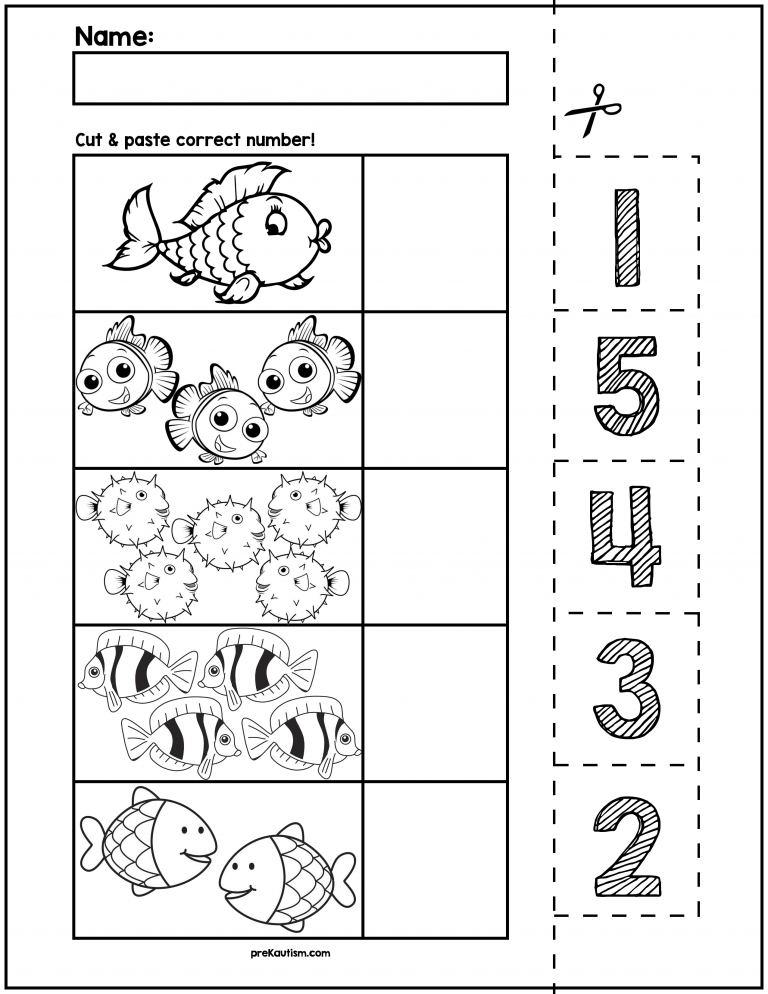 Ask the child to explore the place and find as many numbers as possible in the time allotted.
Ask the child to explore the place and find as many numbers as possible in the time allotted.
5.Tracing Numbers Using Terracotta
This activity focuses on using the clay to trace numbers on paper. This is educational as well as recreational for the children. They learn how to write numbers, apart from reading and recognizing numbers in a fun and easy way.
What you need:
A standard packet of play dough or clay, sheets of paper, and a pencil or pen.
How to do:
Trace the outline of the numbers on the sheets of paper. Now hand out the sheets of paper to the children along with instructions to fill the outlines with clay and recite the number that was traced along with the activity.
6. Counting Cars of Different Colours
A road-trip is incomplete without car games, be it I-spy or just singing songs. Make your road-trip with children fun and informative with counting game. The objective of the game is to count the number of cars of a specific colour that you pass by.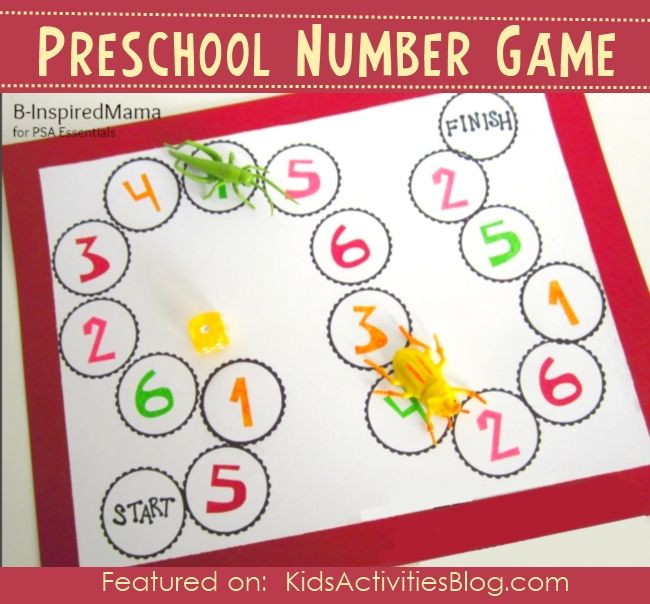
What you need:
All you need is time and will to play the game during the journey.
How to do:
You can do this activity by choosing an uncommon colour for cars, like green or sky blue, or red. Then you can tell the child to keep his eyes out on the road for counting the number of cars of the same colour you pass by. This activity will boost colour as well as number recognition in your child and prepare him well for preschool.
7. Maze of Numbers
Create a puzzle in the form of a maze of numbers. It will help children in understanding the sequence of progression of numbers effectively. While doing this activity, children can start from the point numbered as 1 and keep following the numbers in sequence to complete the maze.
What you need:
A place to create the maze, some sheets of paper and a marker.
How to do:
Mark the different checkpoints in the maze with numbers starting from 1.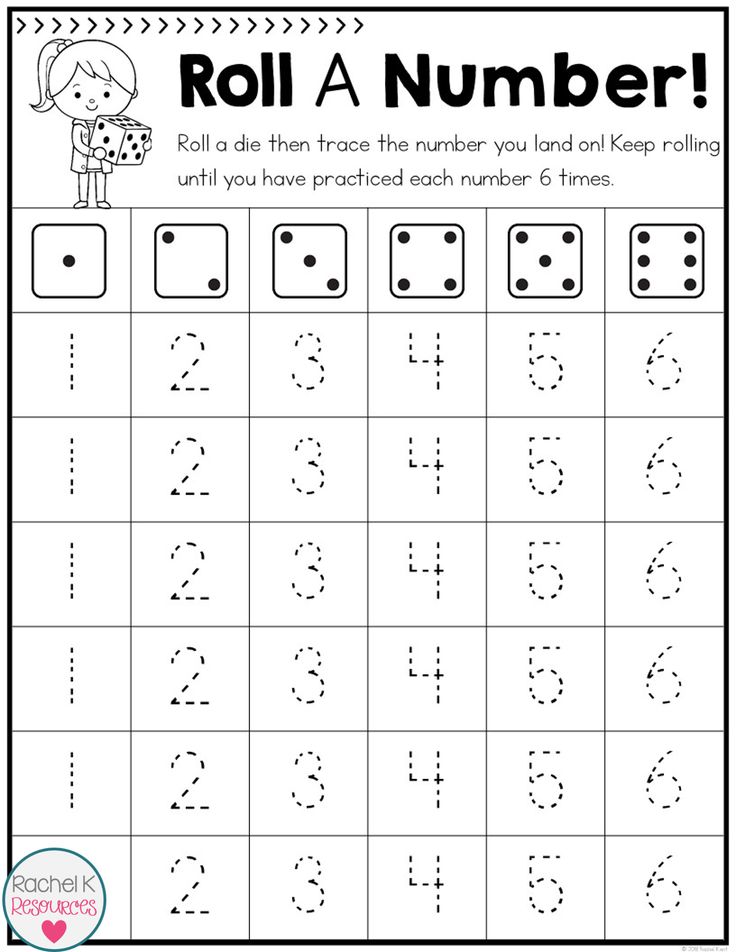 Ask the kid to start at point number 1 and move ahead in sequence to reach the end of the maze by sticking to the sequence. This helps the child understand the sequence of numbers and effectively comprehend and apply it in a real-life situation.
Ask the kid to start at point number 1 and move ahead in sequence to reach the end of the maze by sticking to the sequence. This helps the child understand the sequence of numbers and effectively comprehend and apply it in a real-life situation.
8. Counting Using Styrofoam Cups
This activity can be carried out using multiple styrofoam cups wherein the kids can be asked to count and sort different varieties of products. This activity can improve a child’s counting as well as shape recognition and sorting skills.
What you need:
4 to 5 Styrofoam cups and different items like toffees, erasers, blocks and marbles in different quantities. You would also need a pen or a sketch pen to mark the cups as well.
How to do:
Mark the cups starting from 1 to 5. Arrange items in quantity as per to the numbers on the cups, for example, 1 toffee, 2 blocks, 3 erasers, 4 marbles and so on. Give the mixture to the child and ask them to sort the different items first.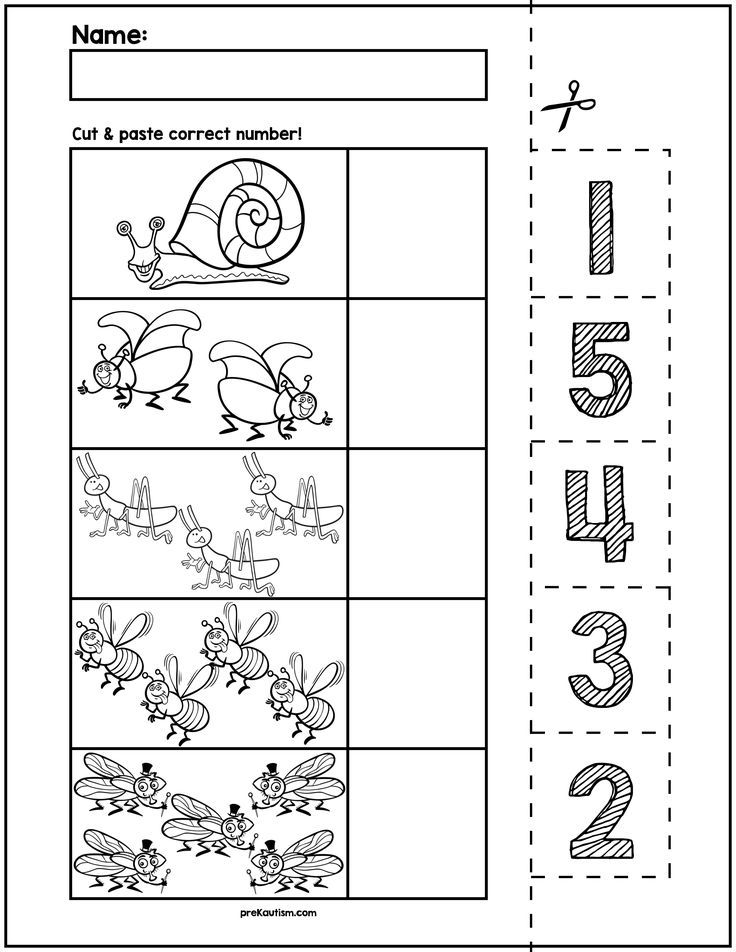 Then ask them to count the different items separately and drop them in the styrofoam cups with the numbers as per the quantity of the respective item. This is one of the most powerful counting activities for preschoolers as it teaches them to count and recognize the number corresponding to the counted quantity, apart from also teaching them effective sorting skills.
Then ask them to count the different items separately and drop them in the styrofoam cups with the numbers as per the quantity of the respective item. This is one of the most powerful counting activities for preschoolers as it teaches them to count and recognize the number corresponding to the counted quantity, apart from also teaching them effective sorting skills.
9. Counting Dice
Dice are very simple toys used in board games for children. A die has six faces, each with a different number of dots from 1 to 6. Dice can be used as powerful educational tools to teach kids how to count and recognize numbers effectively.
What you need:
You can carry out this activity with children using just a pair of dice.
How to do:
Roll a pair of dice on a table with kids and ask them to count the number of dots on both the dice separately and cumulatively to make the child adept at counting and adding numbers.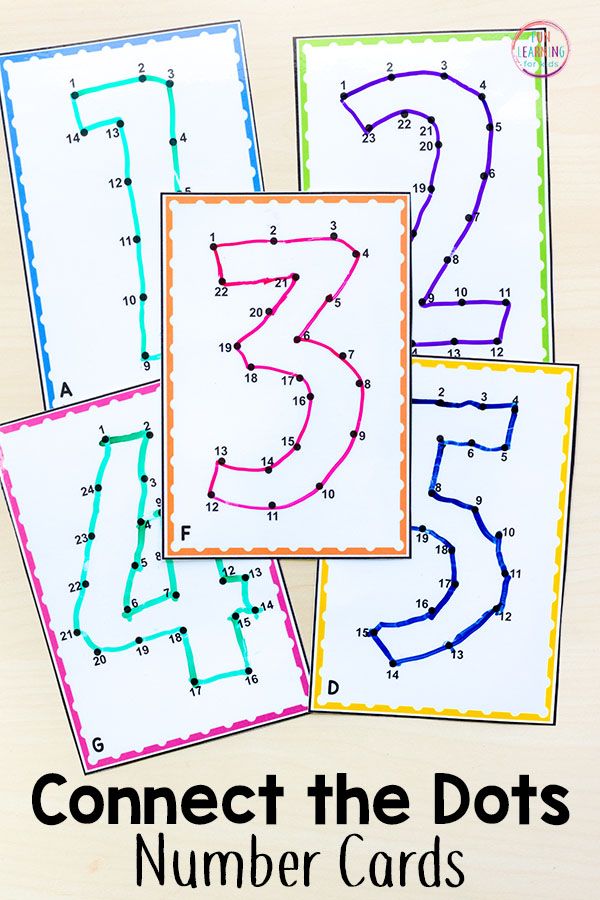
10. Matching Playing Cards
This is a fun exercise where you can ask kids to match the face value of one card with the face value of another card. This can help the child in relating and equating same numbers by counting as well as by understanding the way of writing the numerals.
What you need:
You can carry out this activity with a standard deck of playing cards.
How to do:
Ask the child to pick a card from the deck (make sure that it is a number card and not a face card). Next, you can ask her or him to find the cards equal in face value to the card selected by the child. You can repeat the same with other numerals.
11. Counting Flower Petals
This activity makes the kids go out into nature and enjoy its beauty in addition to teaching them how to count effectively in a fun manner.
What you need:
A flower with many petals.
How to do:
Take the children to a nice blossoming garden with multiple blooming flower beds.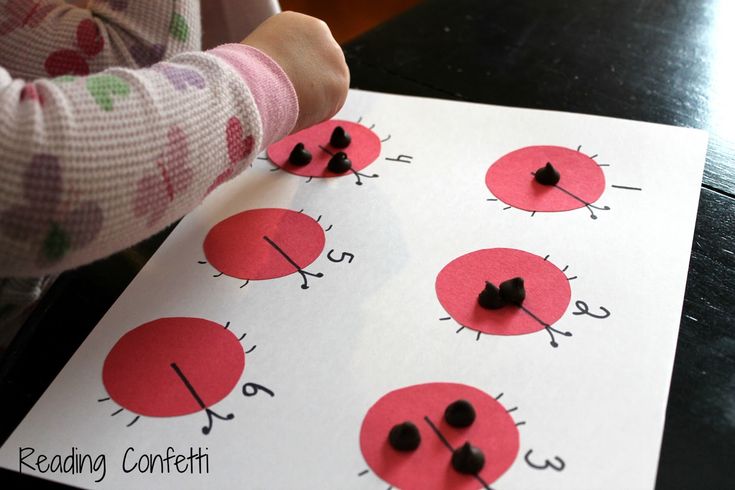 Ask them to collect a specific number of flowers. Once they collect the number of flowers allotted to them, ask them to count the total number of petals on the flowers they have collected.
Ask them to collect a specific number of flowers. Once they collect the number of flowers allotted to them, ask them to count the total number of petals on the flowers they have collected.
12. Making Number Tower using Numeral Blocks
This exercise involves forming a tower of numerals using blocks with numbers on them in ascending order.
What you need:
You need a toy with blocks having numerals printed on them from 1 to 9.
How to do:
This exercise involves guiding the kids to build a tower made of blocks with numerals printed on each one of them. This helps the children to understand number sequencing and recognizing numerals through a classic method.
13. Chores List using Dominoes
This can be an interesting activity in kindergarten, wherein the children are asked to pick up a domino and asked to count the number of dots on it and list down chores equal to the number of dots selected for the day.
What you need:
A set of dominoes, a sheet of paper, and a pencil.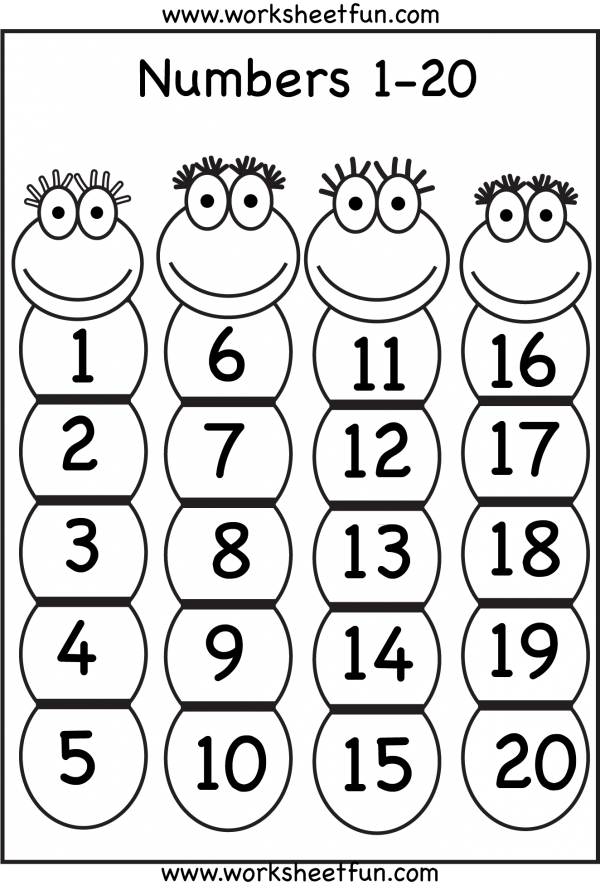
How to do:
Get a set of dominoes and ask the children to pick a domino. Next, ask them to count the number of dots on the selected domino. Once they successfully count the number of dots, ask them to list down the chores for the day on the sheet of paper, equal to the number of dots counted on the domino and complete them throughout the day. This activity imbibes basic planning skills in addition to counting skills in a preschooler’s mind.
14. Hopscotch
Hopscotch is a fun game which has squares which are numbered in ascending order and the kids playing it hop one-legged to the square on which they are supposed to land. This can be a fun way to make the kids understand numbers as well as promote outdoor activity.
What you need:
This exercise would require a space to make the hopscotch tiles and a chalk to mark the squares.
How to play:
Make the hopscotch tiles according to the usual standards with numbers marked in the ascending order on them.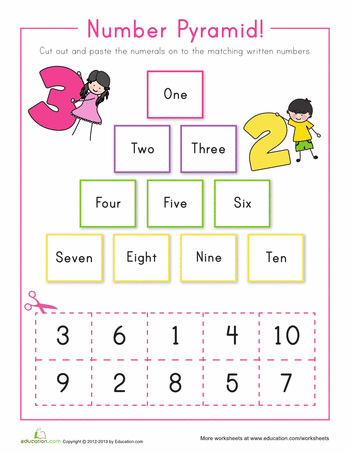 Call out a number and ask the kids to jump to reach the square with the number called out to them. In this way, the children learn to recognize numerals along with getting an enjoyable playing session.
Call out a number and ask the kids to jump to reach the square with the number called out to them. In this way, the children learn to recognize numerals along with getting an enjoyable playing session.
15. Bowling with Numbered Plastic Bottles
This is an interesting and extremely fun activity with plastic bottles which are numbered from 1 to 10 arranged in the form of bowling pins. Kids can bowl the pins over with a softball and count the pins accordingly.
What you need:
10 empty plastic bottles, a softball, a permanent marker, a whiteboard marker, and a whiteboard.
How to do:
Mark the empty plastic bottles with numbers from 1 to 10 using the permanent marker. Arrange them in a formation similar to bowling pins. Ask the child to bowl with the softball on the marked plastic bottles. After bowling, ask the child to count and record the number of bottles that are up and the number of bottles that are down.
These were a few of the fun activities that can be carried out to creatively engage preschoolers and make them learn about numbers and reinforce number recognition in their impressionable minds.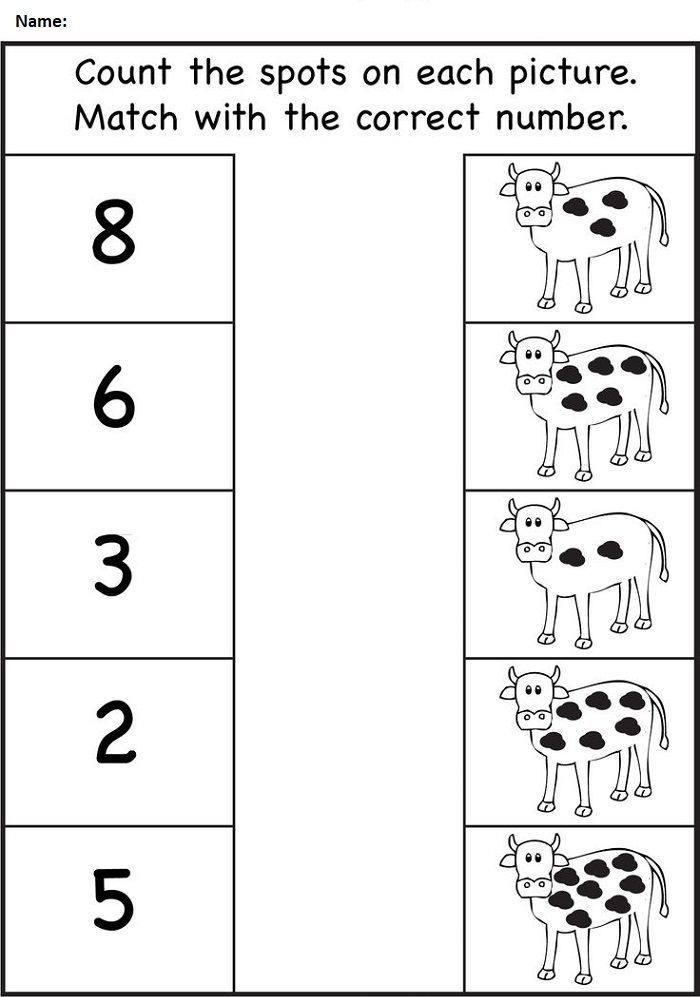
Also Read: 15 Fun Learning Activities for Kids
13 Hands-On Number Recognition Games Preschoolers will Love
- Share
Are you teaching your child to identify numbers? Here are some fun and interactive number recognition games for preschoolers and kindergarteners that you can play at home or in the classroom too.
If you’re wondering how to teach number recognition, the answer in early childhood is always through play.
Play is the natural way in which children learn. During play, children practice their skills and make sense of new knowledge and experiences. They develop early maths skills through play.
Remember that there are many aspects to learning about numbers. There is learning to count, which you can teach with games and counting songs, and then there’s one-to-one correspondence, which is when a child reliably counts one object at a time.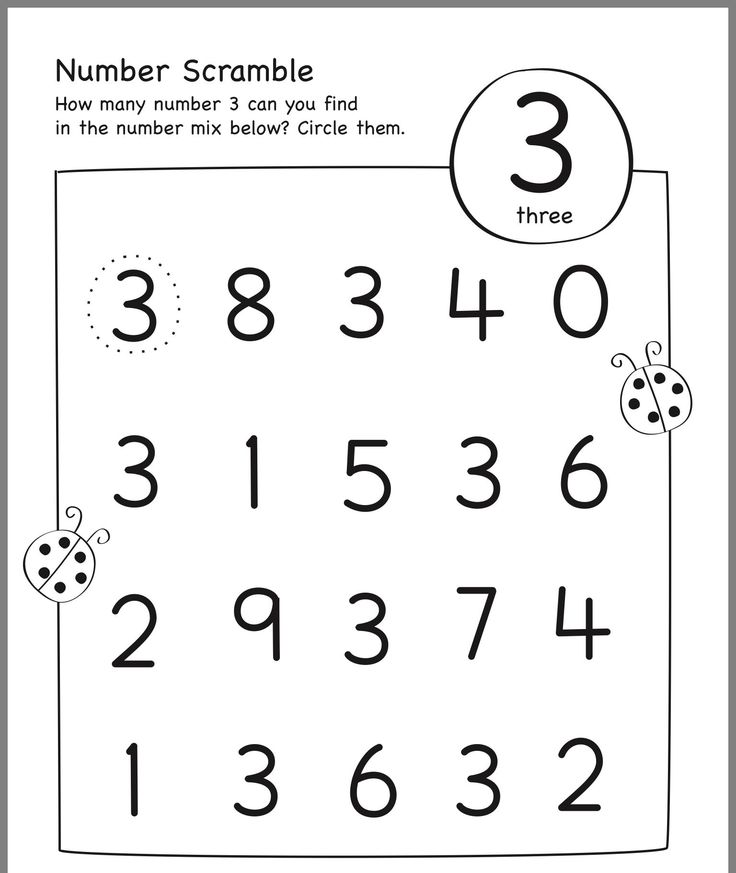
Number recognition is about the physical appearance and shape of a number, as well as what value it represents.
These number recognition activities for preschoolers are a great place to start teaching the numbers from 1 to 10, but once you get going you’ll quickly notice opportunities all around you!
1. Parking CarsThis numbers game can be adapted to suit your child’s age, stage and interests.
Write numbers onto some toy cars and create a parking garage with numbered spaces. Your child can then match the number on the car with the number in the space and park the car correctly.
If he needs more of a challenge replace the numerals with dots or words so that your child can begin to recognise numbers being represented pictorially.
If your child is not particularly interested in cars you could do a similar game with animals, dolls, or whatever it is that your child enjoys playing with.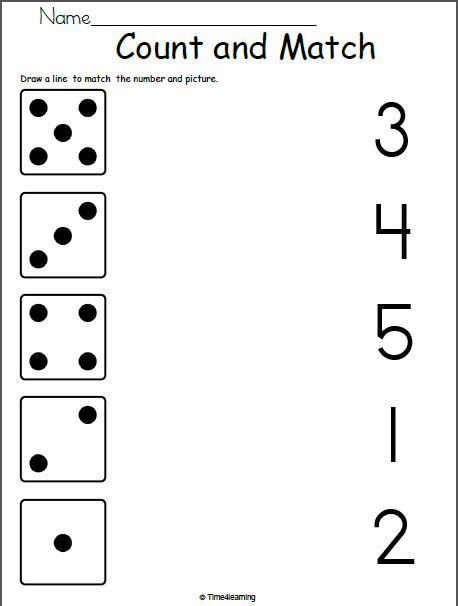
Put numbers on toy cars, or for a large scale activity; bikes and scooters. Create a car wash for them with clothes, brushes, water and bubbles.
Your child is then in charge of ensuring that the cars, bikes, or scooters come to the car wash and get cleaned in the correct order. As well as recognising numerals, this activity gives your child the chance to begin learning about number order.
3. Hook a DuckThis fairground classic is great for numeral recognition. How you set this up is your choice.
If you have lots of ducks and something to hook them with then perhaps you could create a replica of the fairground game, otherwise feel free to improvise with what you have at hand.
A net or bowl to scoop objects out of the bath could work well – the important thing is for your child to be having fun and looking at numbers. You could allocate prizes to certain numbers if you want to.
4. Sidewalk ChalkSidewalk chalk is brilliant for larger-scale mark-making and games that get children using their gross motor skills.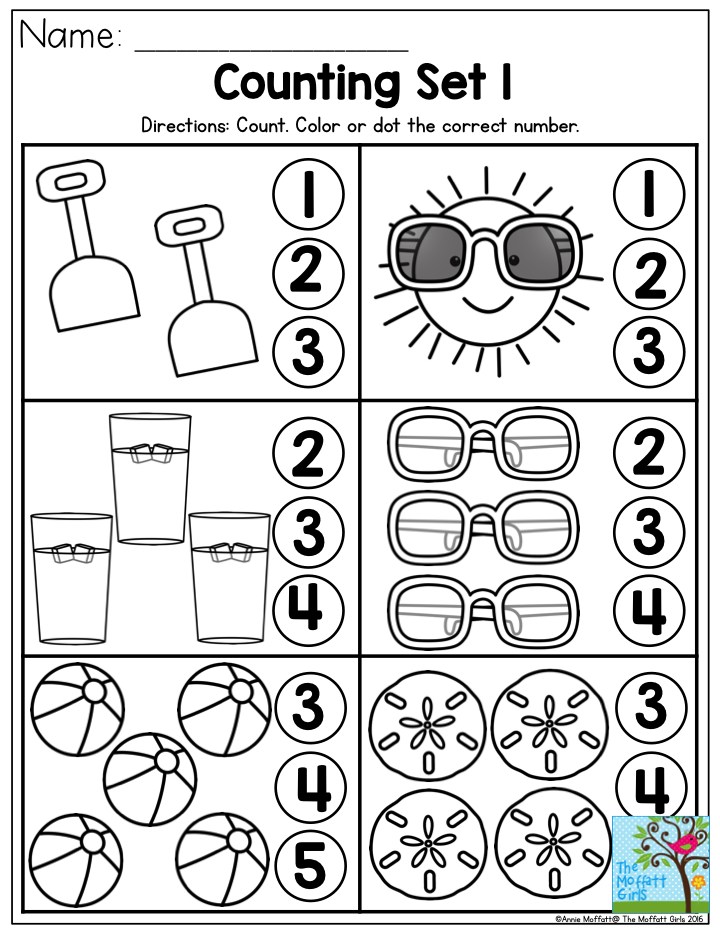
Use sidewalk chalk to write out large numerals, then give your child a paintbrush and a pot of water and have them paint over the numerals with water to erase them.
Not only does this help your child to recognise numerals but also helps with the beginnings of formation.
5. Beads onto Pipe CleanersCreate a chart using beads and pipe cleaners. Attach 10 pipe cleaners to a piece of card and write numbers 1-10, one number above each pipe cleaner. Provide your child with a pot of beads and help them to count out the correct number onto each pipe cleaner.
This activity gives your child the opportunity to practice numeral recognition, counting, and assigning the correct value to each numeral. It’s also brilliant for their fine motor skills!
6. Bean Bag TossLabel some buckets or baskets with numbers and provide your child with beanbags. Have your child step back from the buckets and take aim and throw the bean bags in.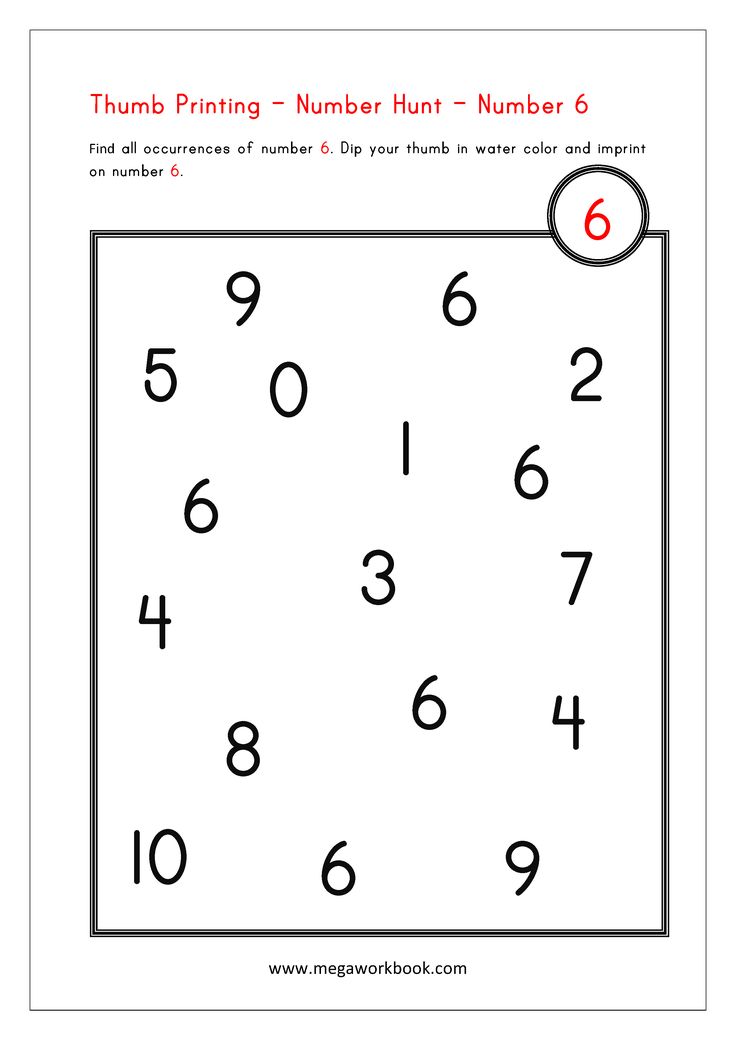
You can do quite a lot with this activity depending on your child’s age, stage and needs, but on the most basic level, it encourages number recognition along with introducing the concept of more and less.
If your child is ready then you can model addition and play to win.
7. Putting Counters in PotsLabel pots with numerals and provide counters, craft beads, pom poms or really whatever you have at hand and encourage your child to fill each pot with the correct number of items.
Again, this activity targets a variety of different skills as children recognise numerals, apply their understanding of value, and count out the correct number of items. Another good one for fine motor skills!
8. Create an Outdoor Number LineChildren love to learn outdoors and on a large scale. Many teachers love using small number lines in the classroom to introduce the ideas of one more and one less but you can do the same outside.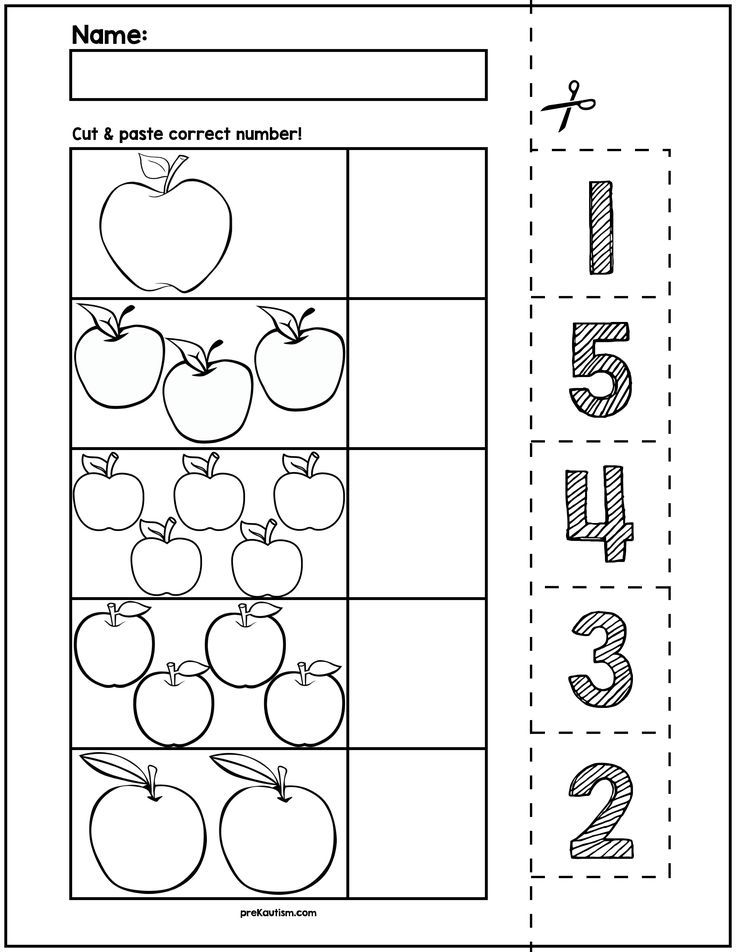
Perhaps use chalk to draw out your number line and encourage your child to locate different numerals – “Stand on number 8,” “Hop to number 4” and so on.
If appropriate you could discuss one more and one less. You could also use the number line to encourage counting by inviting your child to find 1 item to place next to the number 1, 2 items to place next to the number 2 and so on.
9. Nature’s NumeralsIf your child likes to be creative and artistic then this could work for her. Use nature to create the shapes of numbers.
This might mean drawing in the mud or sand, arranging leaves or stones or even noticing natural shapes in the environment. You could do this in your backyard or take a special walk.
Even better if you can take photos of your creations for your child to look back on. This allows your child to begin thinking about how numerals are formed in a fun and creative way.
10. HopscotchHopscotch is a real playground classic and it brings together a whole host of skills including gross motor skills.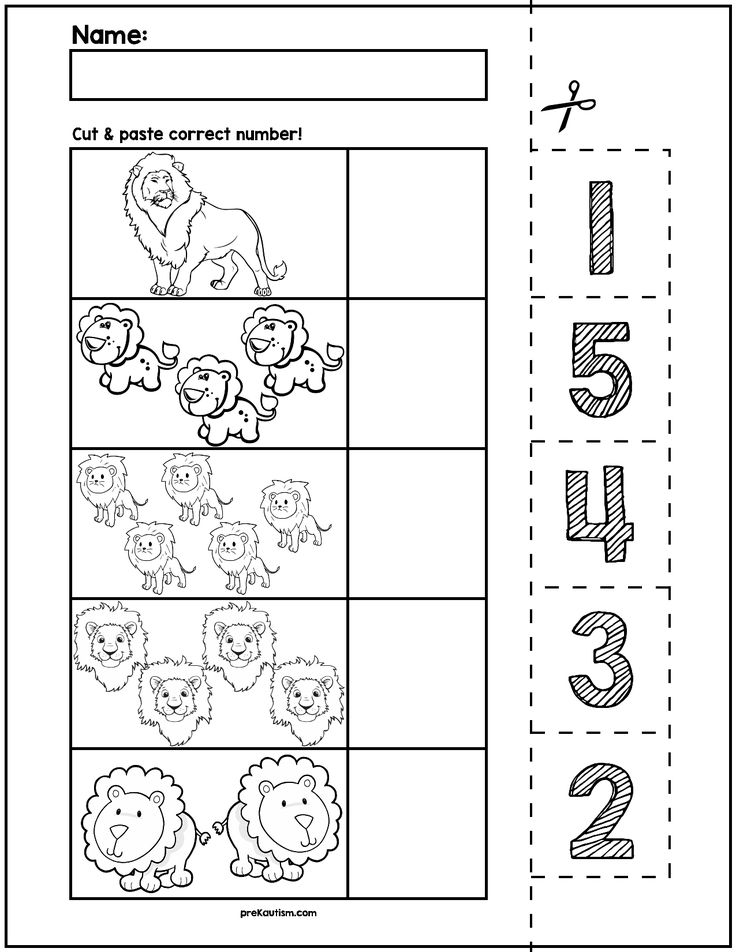
Draw out a hopscotch grid and teach your child how to play, throwing a stone or stick to find out where he needs to hop to, and then hopping and jumping to the end.
As well as reinforcing the recognition of numerals this also introduces the idea of higher and lower and allows your child to have fun while working with numbers.
Hopscotch is my favourite number activity for preschool kids!
11. Potion RecipesIf you like messy, creative play then this one’s for you!
Create a couple of ‘recipe cards’ using measurements expressed as numerals, for example – 2 cups of water, 3 pinecones and have your child follow the recipe card, combining everything together in a big cauldron-like tub.
This taps into children’s imaginations and introduces the concept of measurement as well as number. Once your child is finished following the recipes you have provided perhaps he will be ready to create his own recipes, which you can scribe for him.
12.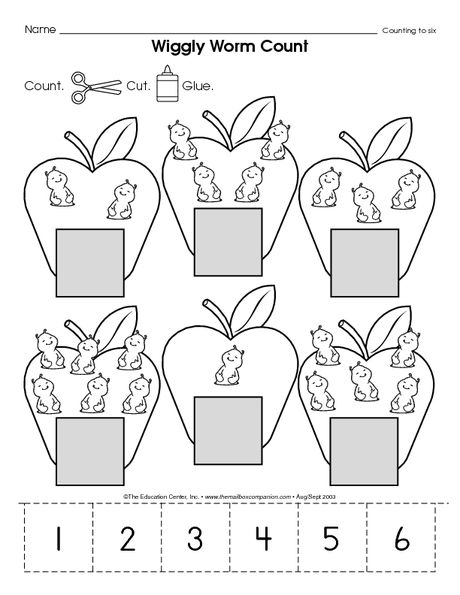 Number Splat
Number SplatAll you need is a nice big roll of paper with numbers on and a fly swat dipped in paint. You call out the numbers and your child must swat them, thereby covering them in paint! This is a really fun preschool number activity.
You can play just as easily without the paint, simply swatting at the numerals, but it’s far less fun than making a mess.
This activity is extremely physical helping to really embed the learning, and as your child tries to speed up, her ability to recognise numerals will improve too so that she’ll soon be able to recognise them at a glance.
13. BingoBingo is a great maths game for building up number awareness and can be enjoyed as a family. To start off with you can simply use numerals up to ten but as your child’s knowledge expands so can your game.
You can use what you have on hand – a bowl and folded up pieces of paper, with highlighters – or you can go ahead and buy bingo pads and dabbers and bingo balls to add to the overall experience.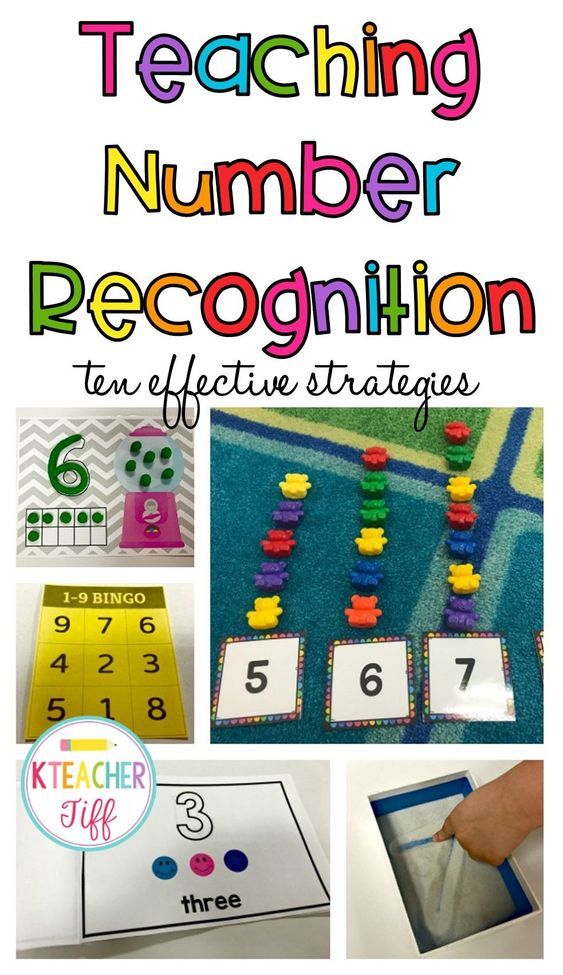
Here you will be building number recognition and as your child aims to increase their speed, she will get quicker and quicker at recognising numbers and linking them to the number names being called out!
I hope you’ll enjoy trying out these number recognition games with your preschooler! Here are some more fun math activities for preschoolers to build early mathematical skills.
Get FREE access to Printable Puzzles, Stories, Activity Packs and more!
Join Empowered Parents + and you’ll receive a downloadable set of printable puzzles, games and short stories, as well as the Learning Through Play Activity Pack which includes an entire year of activities for 3 to 6-year-olds.
Access is free forever.
Signing up for a free Grow account is fast and easy and will allow you to bookmark articles to read later, on this website as well as many websites worldwide that use Grow.
- Share
Learning to count.
 Applications for teaching children mathematics
Applications for teaching children mathematics Contents
- Learn numbers and learn to count from 0 to 20 kids games
- Math for kids - addition, subtraction, counting
- Numbers 123 - counting and tracing shapes
- Fixies. Maths. Educational game for kids
- Learning all the numbers fun - Educational games for kids
- Math for kids: numbers, counting, educational games
- Mimimishki: Learning numbers! Games for toddlers from 2 years
- Learning to count! Learning numbers, rhymes for children 3 years old
Learning to count is necessary for all preschoolers. Despite the fact that some psychologists and educators advise against accustoming young children to gadgets, many experts recommend using modern technology to good use. For example, instead of games, download applications to mobile devices that help children learn to count. For smartphones and tablets based on Android, there are many educational programs for kids that help make the task of parents much easier.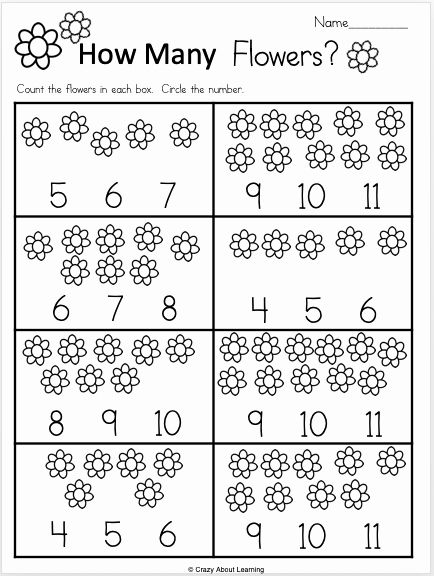 Learn to count - an overview of the best applications for Android is presented below.
Learn to count - an overview of the best applications for Android is presented below.
Learn numbers and learn to count from 0 to 20 kids games
The application "Learn numbers and learn to count" is an interesting educational game that helps you learn how to pronounce numbers correctly, as well as write them. What will kids learn if you work with them according to the program for 1 hour a day:
- Distinguish numbers from each other.
- Read.
- Write numbers.
- Remember the order of numbers.
Educational application allows you to develop math skills, improve memory, make the child more focused on learning tasks. With regular practice, kids can learn the numbers 0 to 20 before they even go to kindergarten. They will also learn to understand which number is larger and which is smaller. If a child gets basic math skills with the application "Learn Numbers and Learn to Count", then it will be much easier for him to perceive the school curriculum in the future.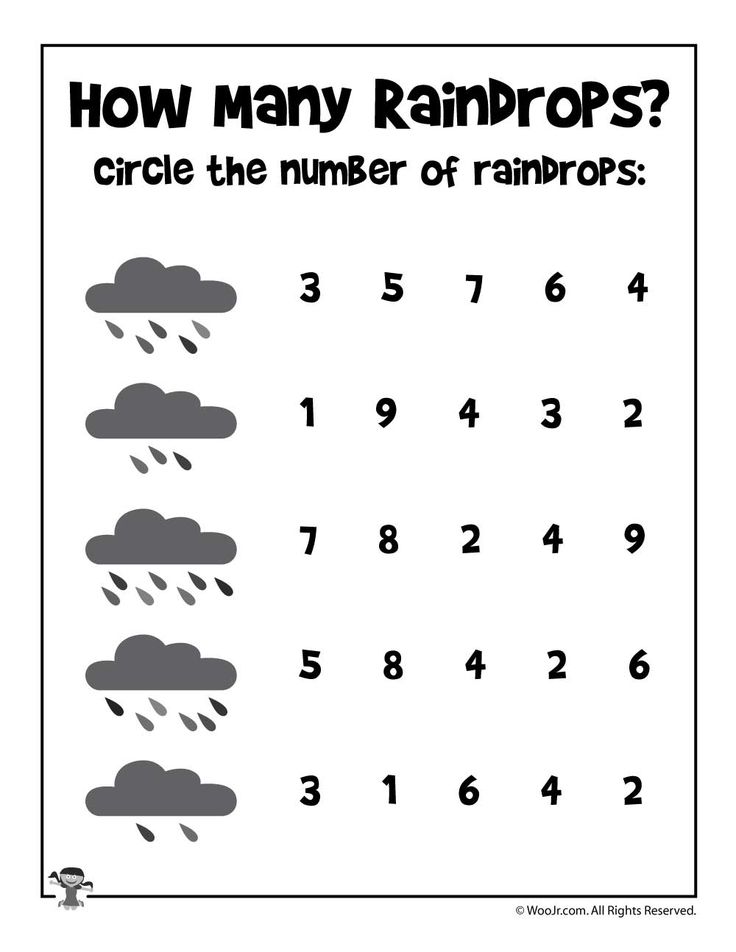
Learning to count in the application is due to interesting and educational games with good graphics. They not only captivate children with their high-quality image, but also make them think logically. All games in the program are free. The software has an accessible and understandable interface, a bright design that kids will definitely like. The functionality of the application is regularly expanded by developers, users just need to periodically update the software in the Play Market and enjoy improved graphics. You can download the program from the link - https://play.google.com/store/apps/details?id=vn.edugames.number.counting.
Math for Kids - Addition, Subtraction, Counting
Math for Kids - Addition, Subtraction, Counting is an educational app for preschoolers that helps them learn basic math skills. The software consists of several mini-games that allow you to combine an exciting adventure and learning to count. The principle of the program looks like this:
- Parents download the software, open it, enter the first game.
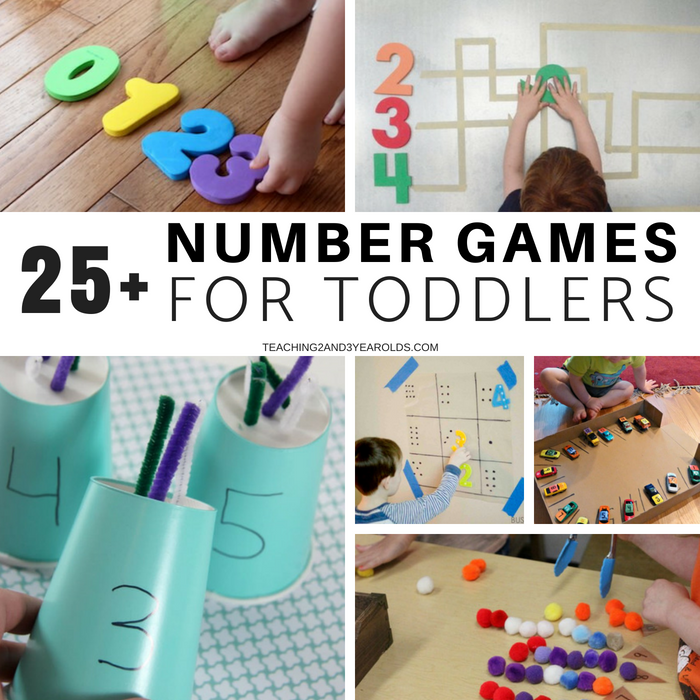
- Children are tested, learn to count on puzzles.
- For each completed task, the young player receives colorful stickers.
What stages will children go through before learning to count:
- Teaching numbers through a simple game.
- Learning to count on large and small objects.
- Compilation of mathematical problems on puzzles.
- Solving easy examples with a colorful mini-game.
- Consolidation of the studied material with the help of a special quiz.
Parents can save their students' results in the app and keep track of their progress. Also in the program, you can independently choose the levels of difficulty of the game, depending on the age of the kids. Here are the tasks from the simplest to the most difficult. "Math for Kids" will help prepare young students for a complicated school curriculum. Download link - https://play.google.com/store/apps/details?id=com.rvappstudios.math.kids.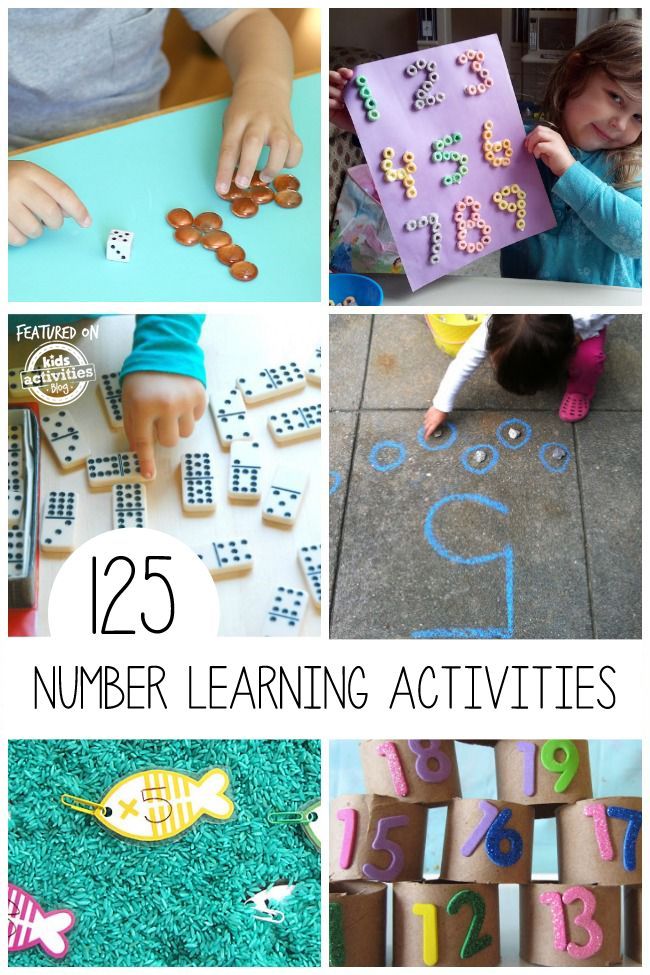 counting.
counting.
Numbers 123 - counting and circling figures
"Numbers 123" is an educational application in the form of a mini-game that allows you to teach children to count, distinguish numbers, write them on paper. The study of numbers in the program occurs by circling the figures that appear on the screen in each new round of the game. The application is designed for the fact that not only children, but also adults would participate in the competition. The process of mastering mathematical skills for kids is facilitated through the use of bright colorful pictures, high-quality graphics and interesting prizes. All the victories of the kids are marked with melodic sound signals and stickers that stimulate them to learn new materials.
Digits 123 application has wide functionality. Parents can independently adjust the level of difficulty of games, taking into account the age and knowledge of their child. You can study the numbers with the slop of any games that the kids will like:
- Stroke numbers.
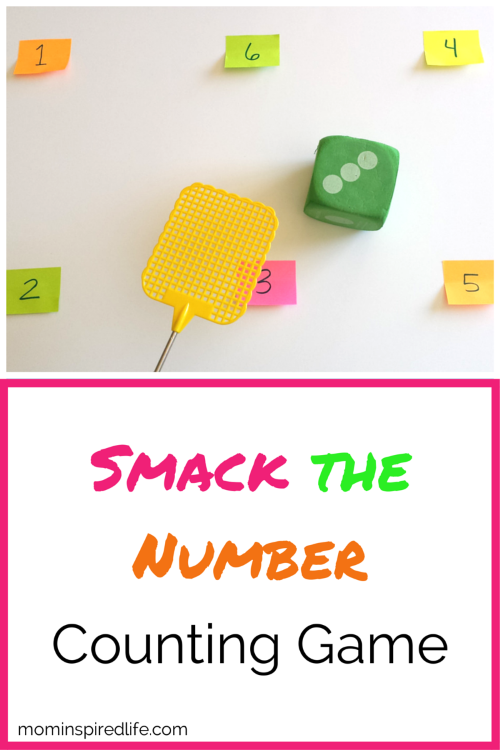 This is a small mini-game for the little ones, which allows you to find out the score from 0 to 10.
This is a small mini-game for the little ones, which allows you to find out the score from 0 to 10. - Learning to count. A game for preschoolers, the essence of which is to collect and count objects.
- Selection of numbers. A small puzzle for children of preschool and school age, which helps to select numbers from a given picture.
Also in the application there are games to fill in empty cells. Its essence lies in guessing the missing numbers in a series. The software works free of charge and without annoying ads. download link - https://play.google.com/store/apps/details?id=com.rvappstudios.numbers123.toddler.counting.tracing.
Fixies. Maths. Educational game for kids
Math app for kids to learn numbers, develop memory, improve attention. The study of arithmetic bases takes place with the help of favorite children's cartoon characters - Fixies. All tasks presented in the application were developed in collaboration with psychologists.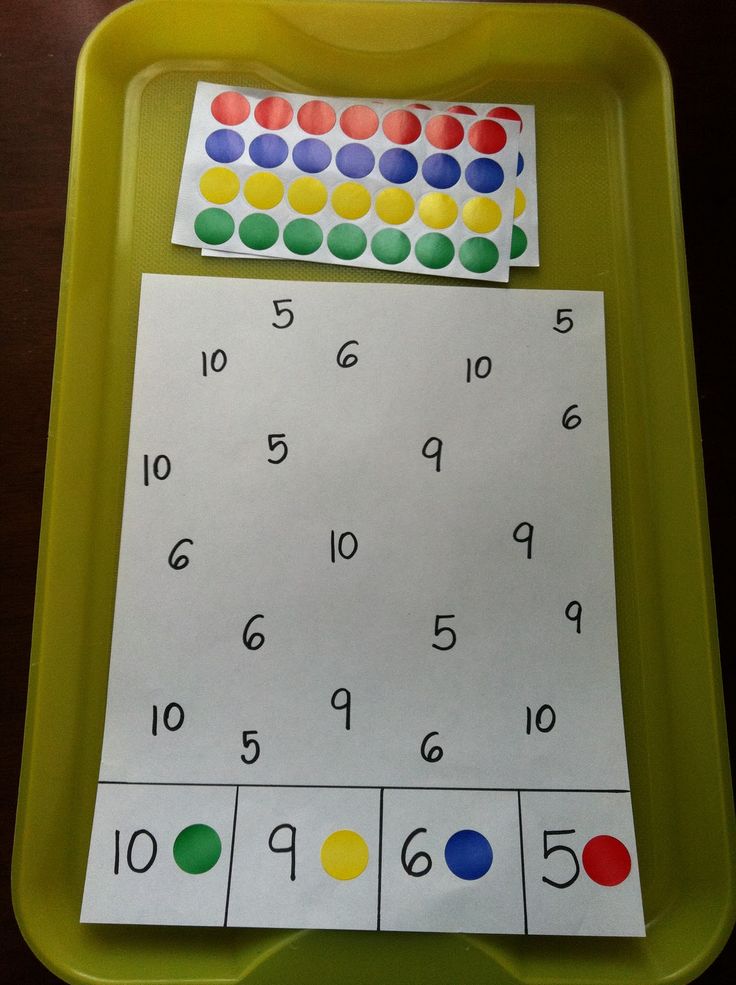 The app has been tested by preschool children. Many educators noted that within two weeks the kids received counting skills up to 20, knew how to add and subtract, determine which numbers are larger and which are smaller. During the training, the following techniques are worked out:
The app has been tested by preschool children. Many educators noted that within two weeks the kids received counting skills up to 20, knew how to add and subtract, determine which numbers are larger and which are smaller. During the training, the following techniques are worked out:
- Addition and subtraction of numbers from 0 to 20.
- Composition of numbers.
- Counting in tens.
- Exploring more and less.
Learning to count with the Fixies app. Math will not be boring, as all the tasks here are accompanied by colorful pictures, the adventure of cartoon characters. Parents can choose their own educational program. At their choice, tasks are provided for children from 5 to 7 years old.
Upon successful completion of the lessons, the kids are assigned a certain level in the game with prizes and animation.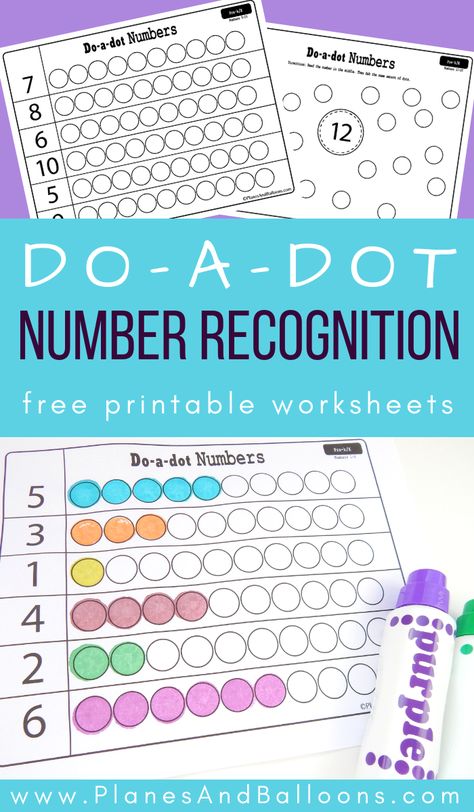 There are also educational games for children. Training is free. If you want to expand the functionality of the software, parents can pay for a premium account for six months or a year. The link for downloading the program is https://play.google.com/store/apps/details?id=ru.publishing1c.fixiesmath.
There are also educational games for children. Training is free. If you want to expand the functionality of the software, parents can pay for a premium account for six months or a year. The link for downloading the program is https://play.google.com/store/apps/details?id=ru.publishing1c.fixiesmath.
Learn all the numbers fun - Educational games for toddlers
Learn all the numbers - this is a fun math for preschoolers and schoolchildren with games, adventures and prizes. The application gives children a lot of emotions and useful skills:
- Funny characters. №
- Beautiful poems.
- Interesting animation.
- Learning numbers from 0 to 4.
- Addition and subtraction of numbers.
- Solution of easy examples.
The course of training in arithmetic norms is divided into 3 blocks:
- Introduction. At this stage, the kids get acquainted with the numbers from 0 to 4. Familiarization with all the numbers takes place with the help of animation and funny pictures.
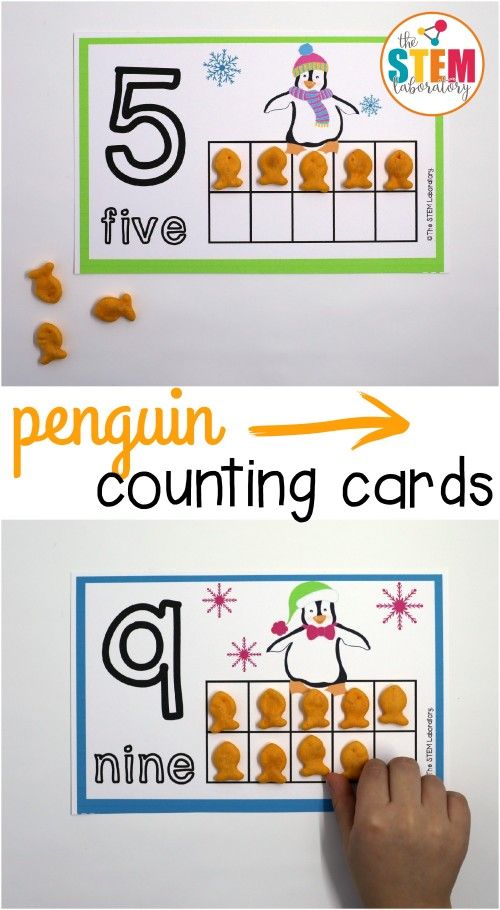
- Consolidation of knowledge. In this block, kids consolidate their knowledge with the help of examples, which are also accompanied by funny pictures.
- Coloring pages. After going through the basic material, the kids start coloring using numbers.
During the study of the material, all information is spoken by the announcer. This helps you better understand the material. download link - https://play.google.com/store/apps/details?id=com.catdonut.uchimcifridemo.
Math for kids: numbers, counting, educational games
Math for kids: numbers, counting, educational games is an application for preschoolers and schoolchildren that helps them to get acquainted with arithmetic norms along with colorful pictures and animations. If you regularly engage in the program, the kids will learn:
- Count in order.
- Remember writing numbers.
- Write numbers by hand.
- Add and subtract numbers.
- Compare numbers.
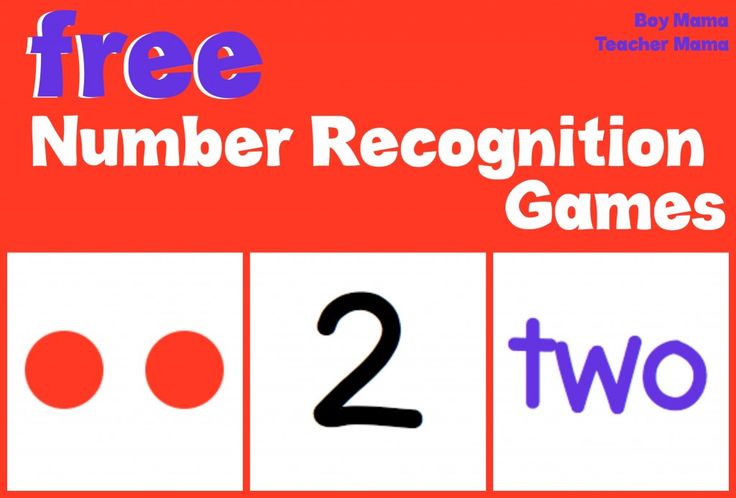
The development of educational material takes place with the help of funny animals. After passing each lesson, the baby will be accompanied by a new animal. As the user level increases, prizes are awarded to students. The app supports over 40 languages. The function of synthesis and speech recognition is available here. The link for downloading the program is https://play.google.com/store/apps/details?id=com.astepanov.mobile.mathforkids.
Mimimishki: Learn numbers! Games for toddlers aged 2+
Educational app helps kids learn numbers from 1 to 100 while playing educational games. The program includes more than 200 educational exercises for children. Thanks to them, kids will learn to count, write numbers, add numbers in their minds. Educational games help develop fine motor skills, improve memory, learn to use logic. The application works in two languages: Russian and English. Parents can independently desired learning unit:
- Teaching numbers.
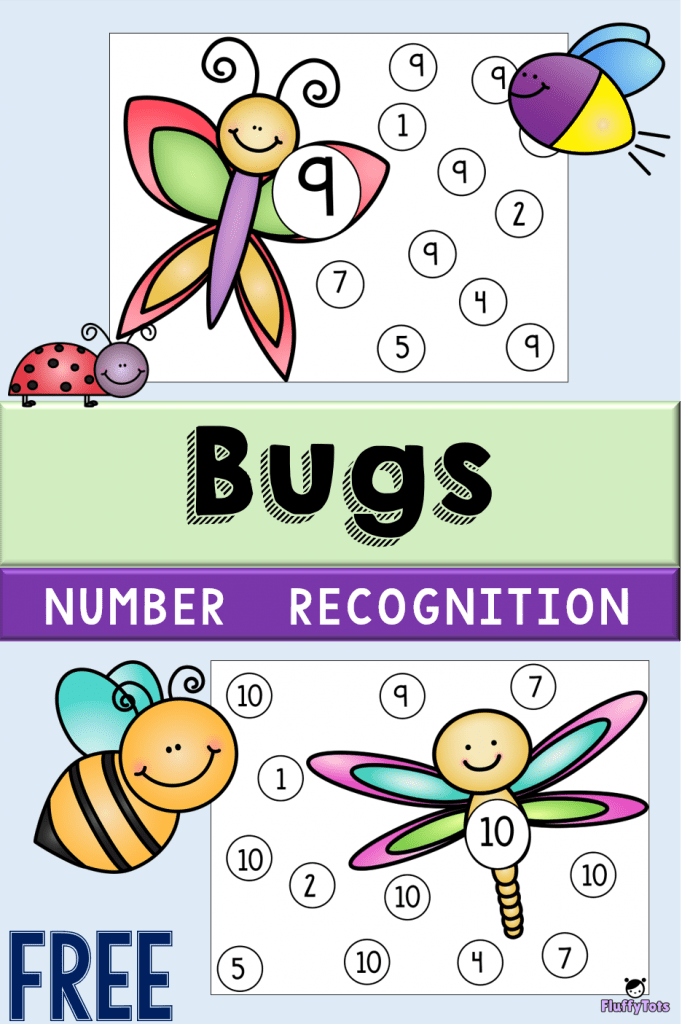
- Learning to write numbers up to 100.
- Mathematics for preschoolers.
- Teaching mathematics in English.
- Educational activities for children.
- Vivid examples with Mimimishki.
The main feature of the application is the accompaniment of each new studied figure with different games, animated plots and characters. The developers tried to do everything to make the learning process bright and interesting for children. Parents can use filters when selecting an educational program for their children depending on age. Soft Mimimishki: Learn numbers is designed for children from 2 to 7 years old. It is worth noting that there are no annoying ads in the application. The developers tried to minimize the number of marketing projects and focus on children's education. Software download link - https://play.google.com/store/apps/details?id=com.trilobitesoft.kc.mishki.project123.
Learning to count! Learning numbers, rhymes for children 3 years old
"Learning to count" is a free software for children learning mathematics.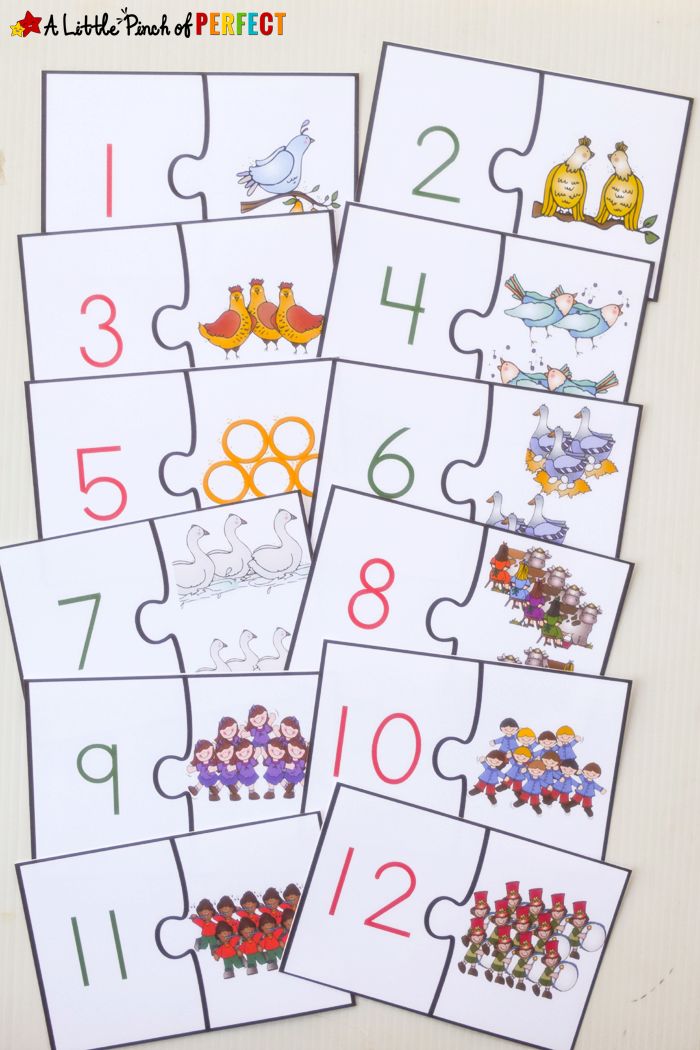 The program consists of developing games, counting rhymes, tasks. Each studied figure is accompanied by interesting rhymes and pictures that increase children's craving for mathematics. The program develops memory, teaches you to reason logically, memorize numbers in your mind, add and subtract them. You can study the material in different ways:
The program consists of developing games, counting rhymes, tasks. Each studied figure is accompanied by interesting rhymes and pictures that increase children's craving for mathematics. The program develops memory, teaches you to reason logically, memorize numbers in your mind, add and subtract them. You can study the material in different ways:
- Rhymes.
- Colorful puzzles.
- Mini-games with animals and birds.
- Puzzles.
You can follow the progress of your kids in the Parental Control section. Also in the settings, parents can choose learning blocks, the level of complexity of the educational program. The development of the material takes place without advertising. Download link - https://play.google.com/store/apps/details?id=biz.arrowstar.respectfulnumbers.
Mathematics for children 3-4 years old.
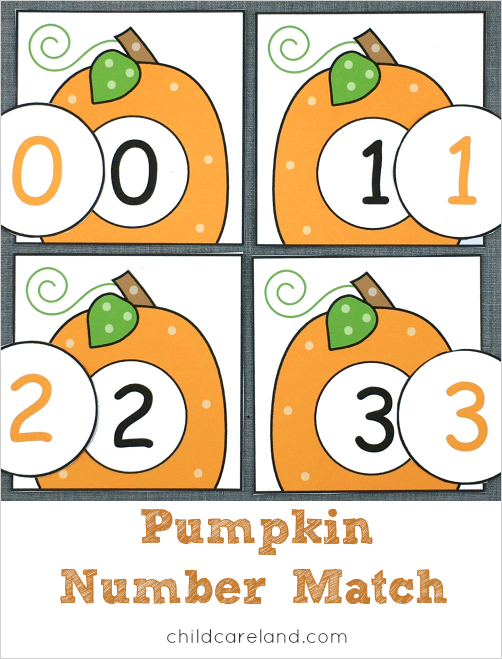 Count up to 10. Printable games and tasks
Count up to 10. Printable games and tasks At the age of 3-4 years children have their first ideas about mathematics. To continue introducing your baby to the world of numbers and shapes, we offer parents to stock up on an arsenal of exciting activities. Remember that the most effective way to teach a child is through play. So knowledge will fit in the head of a young researcher much better, and interest in knowledge will only increase.
Audio version of the article "MATHEMATICS FOR CHILDREN 3-4 YEARS OLD. LEARN COUNTING TO 10" The audio tag is not supported by your browser. Download. MATHEMATICS FOR CHILDREN 3-4 YEARS. LEARN COUNTING TO 10
Contents
Mathematics for children. We continue to study the numbers
exercises for consolidating the account up to 10
- Play and remember the number of numbers ,
- Children's counts on the account up to 10
Games for the ratio of numbers and objects
- Games with cards
- Painting the number
- Play in shop
- Puzzle games
Learning to compare “How much more is how much less”
- Treat your friends
- Compare cards
- Who is more
The first addition and subtraction examples.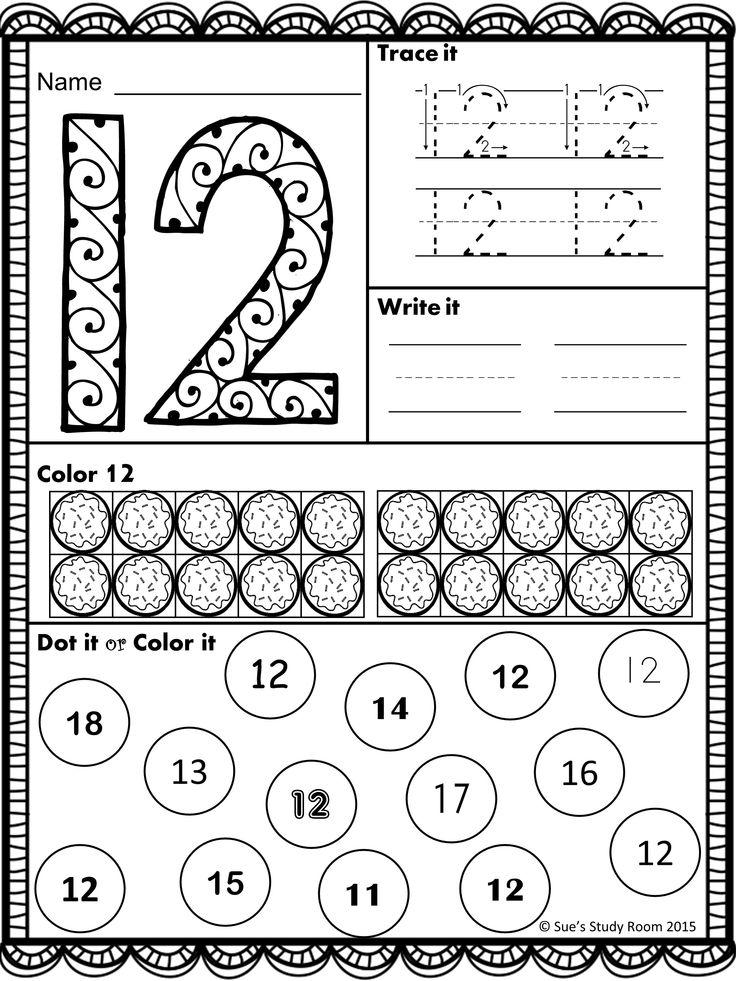 Learning to equalize objects
Learning to equalize objects
Children 3-4 years old are distinguished by high cognitive activity. Toddlers can perform simple operations within 5: count in order, recognize numbers, compare the number of objects. A three-year-old child understands the meaning of the words "more" and "less", has an idea about addition and subtraction.
If the baby still does not know how to count, then our advice from the article “Mathematics for kids 2-3 years old. Learning numbers and learning to count” will help teach him. By the age of 4, children will have to master counting up to 10, learn how to act with new numbers.
Mathematics for children. We continue to study the numbers
Math classes with children 3-4 years old introduce new concepts to kids. This age group has its own characteristics. At the age of 3, the visual-effective type of thinking is gradually replaced by a visual-figurative one. Kids learn to perform simple tasks not only with objects, but also with numbers.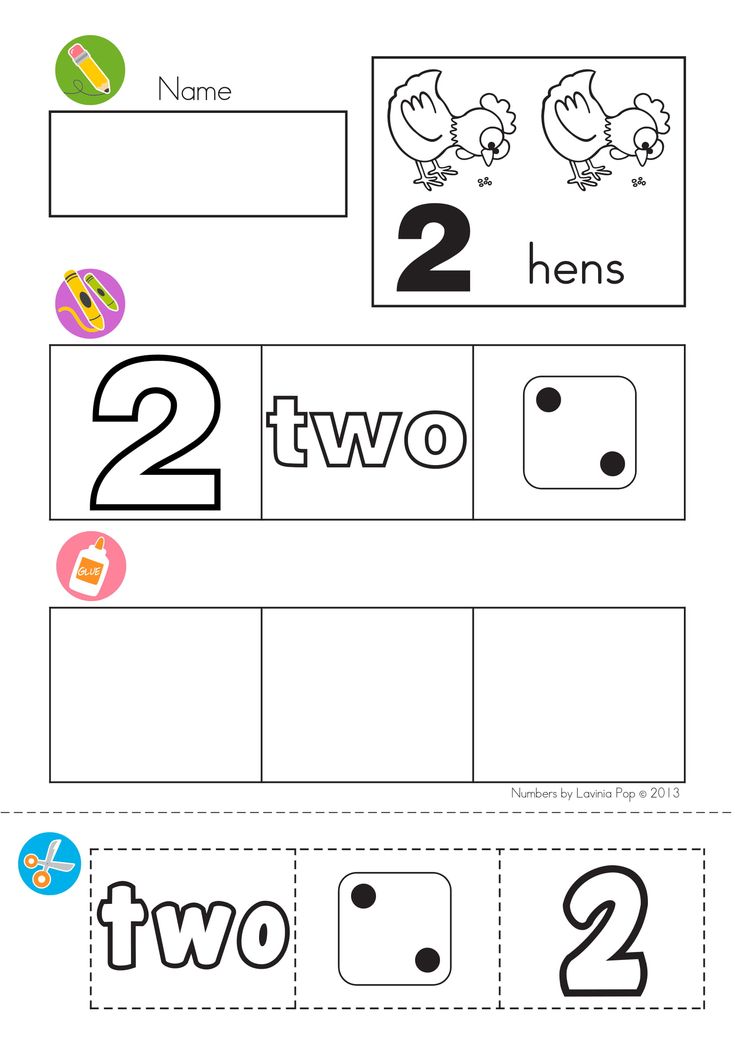
It's time to learn to count up to 10. Learning mathematical counting rhymes for the little ones makes the lessons interesting and exciting. In a fun atmosphere, children better remember new numbers, are able to solve the first examples. Using the right games and printouts will help you make friends with math.
Exercises to consolidate counting up to 10
As soon as the child learns to count well up to 5, proceed to the next step. If the baby is still confused in numbers, return to the previous exercises. In mastering the account up to 10, difficulties may arise. This is fine. Repetition of the material, consistency and patience of adults will support the cognitive interest of the baby.
Let's play and memorize the sequence of numbers
Available games and exercises are designed for children 3-4 years old. With their help, the kid will master the quantitative and ordinal count within 10, learn to call neighboring numbers.
Cut pictures
For games, funny pictures are used, cut into equal strips vertically or horizontally.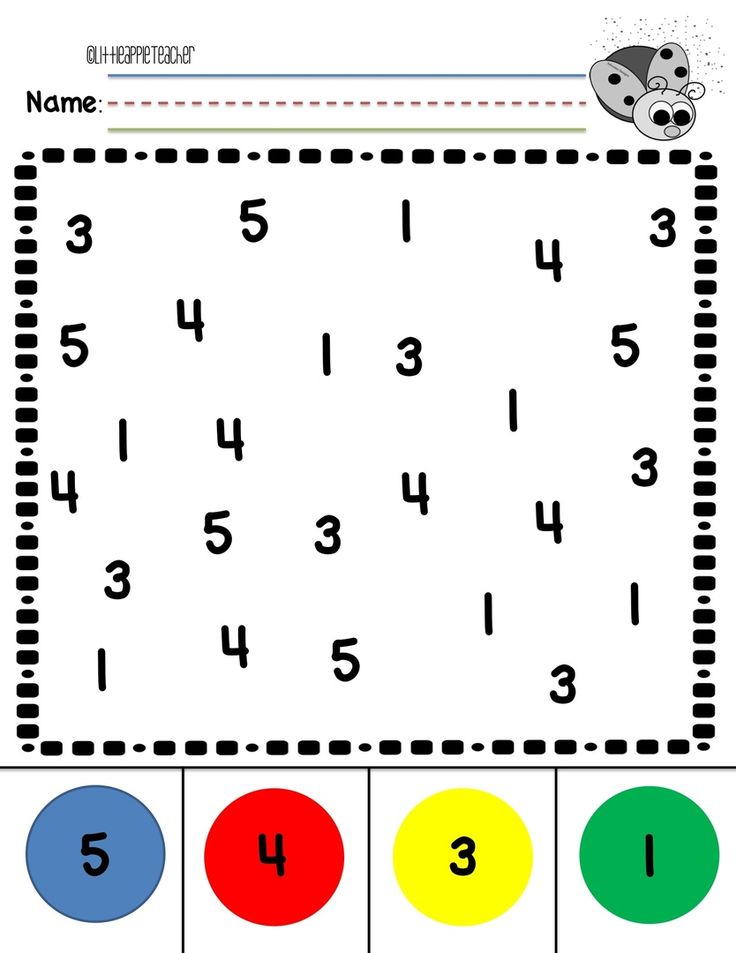 From them you need to make a complete image. The hint is the serial number located on each part.
From them you need to make a complete image. The hint is the serial number located on each part.
Sequentially arranging the numbers, the baby will be able to correctly fold the picture. The game forms in children an idea of the whole and the part, teaches counting up to 10, helps to remember the order of numbers.
You can download split pictures on our website.
Download 12 picturesConfusion
Put a bucket with numbers made of plastic or on cards in front of the baby. Tell them that they went for a walk and walked in order one after another. But suddenly a strong wind came up, whirled everyone and mixed up the row.
You need to help the numbers and build them again from 1 to 10. Try it yourself (the child builds a numerical sequence). Ready? Now let's check if the numbers are correct? Count out loud (the baby performs an ordinal count). Well done, that's right (in case of an error, ask to think and correct).
Find neighbors
Have your child build a sequence of cards with the first ten numbers.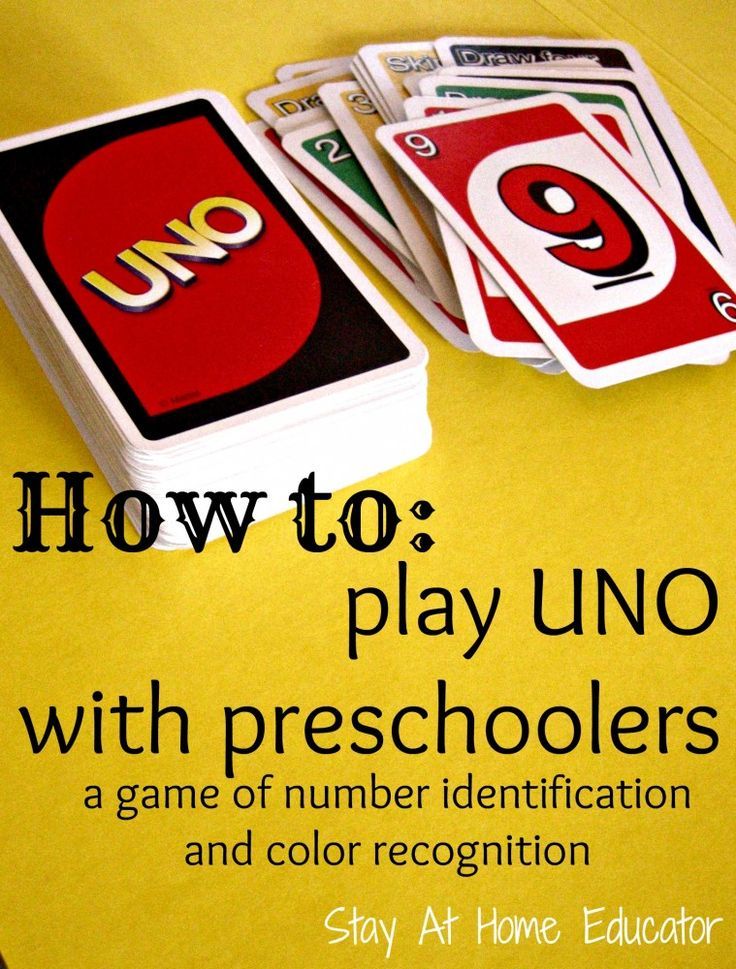 Ask what are the neighbors of the number 4 on both sides (answer 3-5), 6 (5-7), 9 (8-10)?
Ask what are the neighbors of the number 4 on both sides (answer 3-5), 6 (5-7), 9 (8-10)?
If the task is beyond your strength, ask the neighbor who stands in front of the numbers 6, 8, 10 (answers 5, 7, 9.)
Who knows, let him keep counting
This game is quite difficult, designed for children from 3.5 years old. One player says any number up to and including 7. The second one needs to name the next 3 numbers. For example: if 2 - then 3, 4, 5, if 4 - 5, 6, 7.
The first number is called by the child, the adult shows how to answer correctly. Then the players switch roles. To make the task easier for the baby, you can use cards with the corresponding numbers for clarity.
Connect the dots
The game helps to remember the sequence of counting up to 10. Give the baby a sheet with dots and numbers from 1 to 10. Ask: “Do you want to know what is drawn here? Then take a pencil and connect the dots in order, from the smallest number to the largest.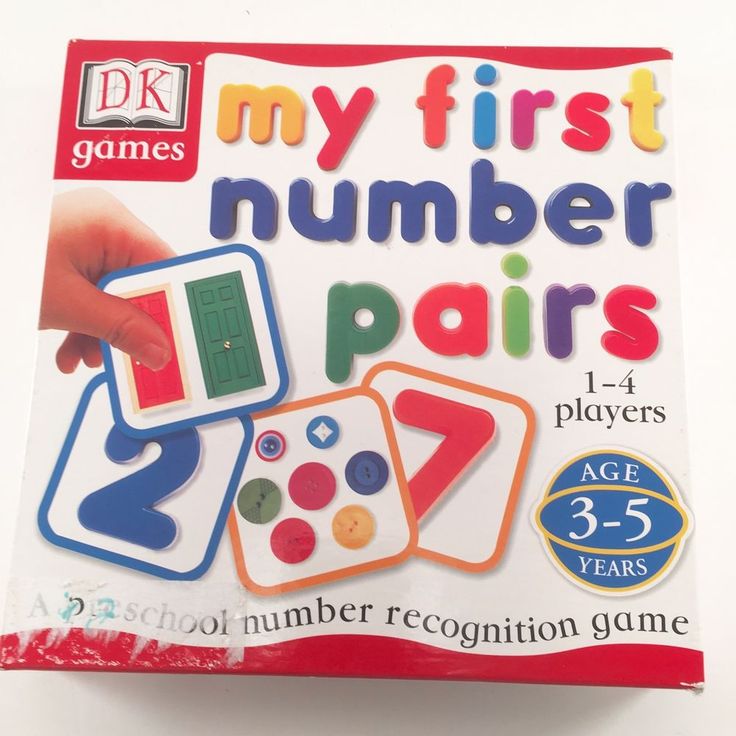 Say each number out loud.
Say each number out loud.
What is the smallest number? One. So, with what number should I start, show me? That's right, number 1. Go on. Who did you get? Kitten, well done! Now you can color the picture, it will be bright and beautiful. If the child is confused, repeat the ordinal count with him.
You can download pictures for the game on our website under the gallery.
Download 8 pictures
Children's counting rhymes up to 10
Poems and rhyming rhymes make math fun and entertaining for children aged 3-4. They can be supplemented with story games or used separately. We offer you to watch a funny musical cartoon-counting.
Toddlers like short counting rhymes because they are easy to remember. Here are some examples.
Counting from 1 to 10
We learned to count.
Well, then we don't know,
Maybe we can count together
Six - we love to eat sweets,
Seven - we help everyone,
Eight - we won't leave our friends in trouble.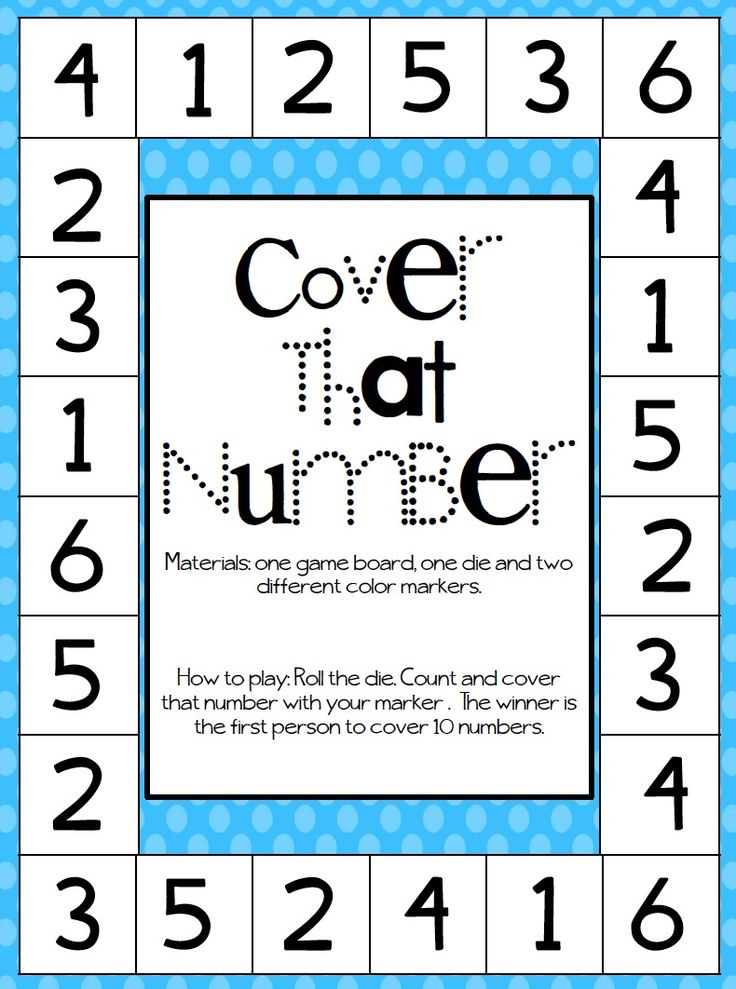
Nine - learning by five,
Ten - finished counting.
Author A. Metzger
Ten crows
I decided to count the crow:
One, two, three, four, five Nine - feeds crows ...
Well, ten is a jackdaw.
So the counting rhyme is over
(folk)
A popular poem by S. Ya. Marshak will help you remember what the numbers look like and learn how to count them.
“Funny account. One to ten"
Here is one or one,
Very thin, like a knitting needle,
And here is the number two.
Admire how it is:
The deuce arches its neck,
The tail drags behind it.
And behind the deuce - look
The number three appears.
Three of the badges
Consists of two hooks.
Three followed by four,
Sharp elbow of a bulge.
And then she went dancing
Number five on paper.
Stretched out her hand to the right,
Sharply bent her leg.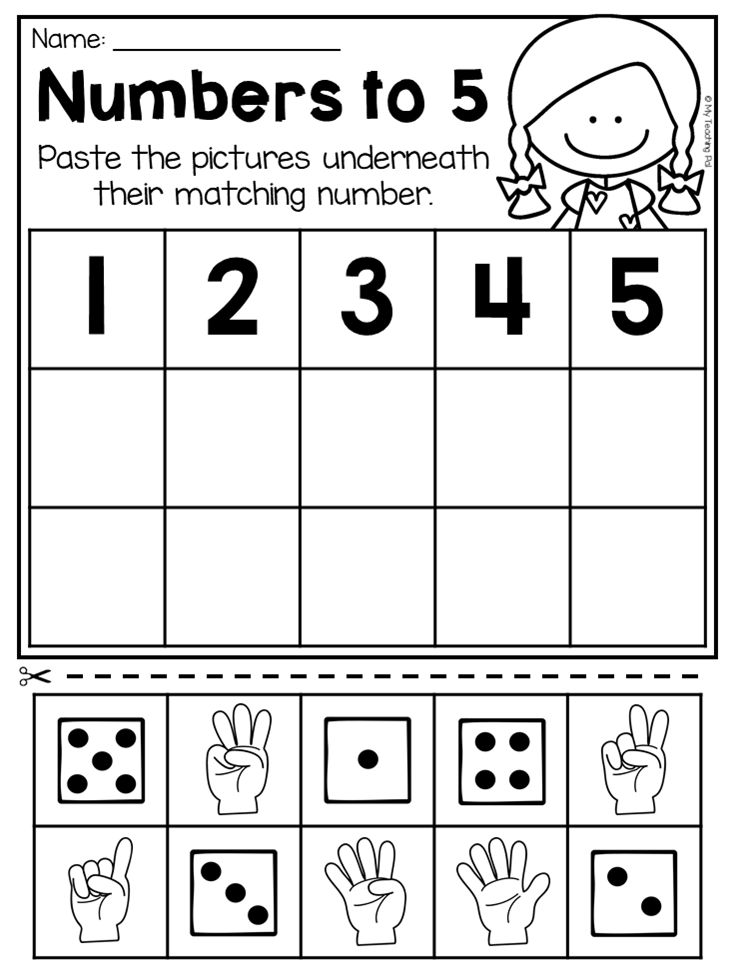
Number six - door lock:
Hook above, circle below.
Here is a seven - a poker.
She has one leg.
Eight has two rings
Without beginning and end.
Number nine or nine
Circus acrobat:
If it stands on its head,
Number six nine will become.
A number like the letter O
This is zero or nothing.
Round zero is so pretty,
But it doesn't mean anything!
If left, next to it
Applicable unit,
He will weigh more,
Because that's ten.
Write these numbers in order
in your notebook.
I'm talking about every now
I'll compose a story for you.
S. Marshak
The full version of the book can be bought at the Labyrinth store.
Games for the ratio of numbers and objects
We continue to acquaint the baby with the numbers of the first ten. We teach the child to recognize numbers from 1 to 10 and correlate with the same number of objects.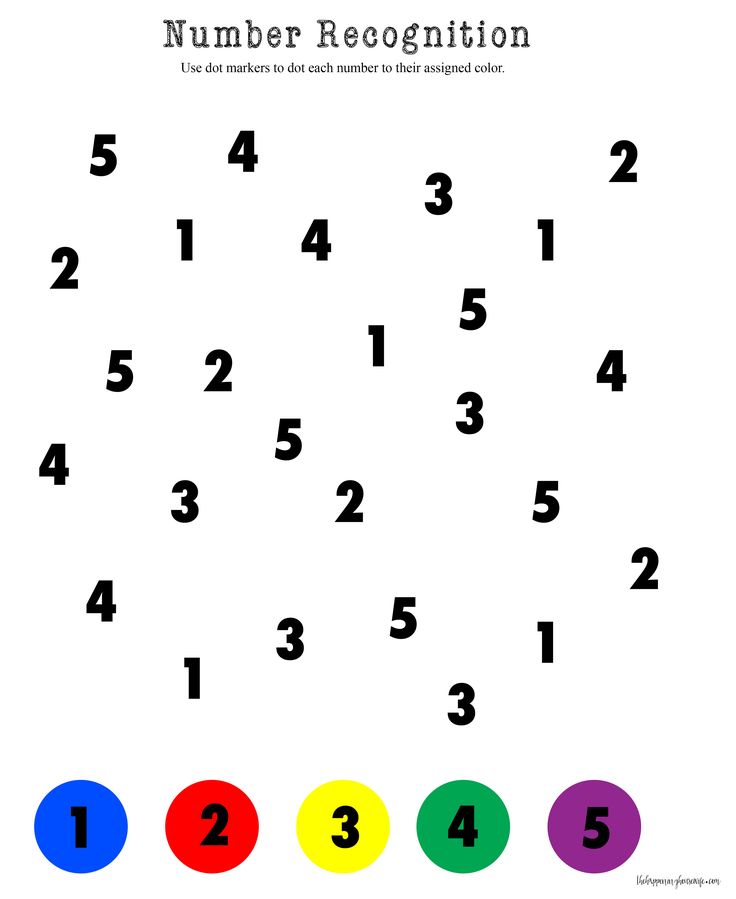 Mathematics classes for children aged 3-4 include more complex tasks than a year ago.
Mathematics classes for children aged 3-4 include more complex tasks than a year ago.
The baby will have to deal not only with real objects, but also with their image on cards or pictures. A selection of available games and printable tasks will make your task easier.
Card games
First you need to consolidate the skills of recognizing new numbers. Prepare two types of cards: one with pictures, the other with numbers. To captivate children, participate in the game as equals.
Place the picture cards on the table. Put the numbers from 1 to 10 in a box, put them next to each other. Each participant in turn takes out a card with a number. It is required to find a picture with the same number of objects.
Download cards for the game
Fill in the number
You will need special cards for the lesson. These fit well.
If you use a pencil, it will be more interesting. Have your child count the number of items on each card.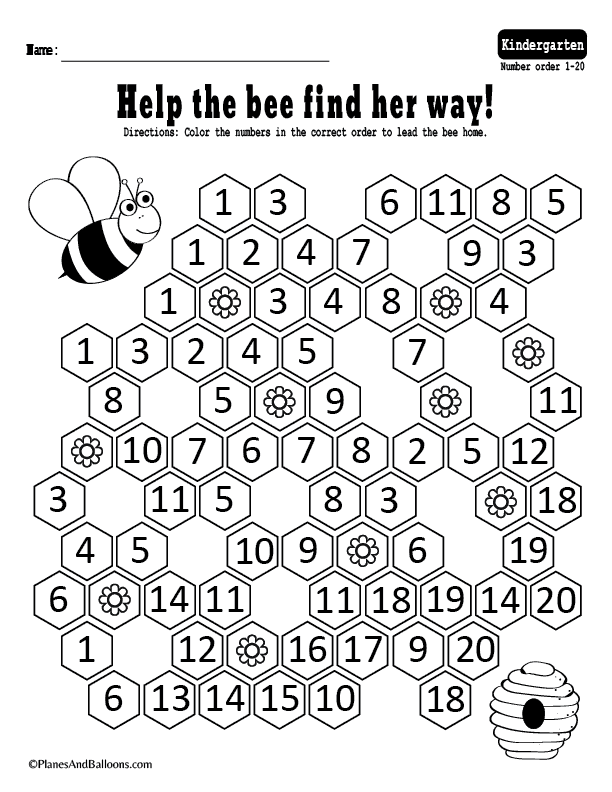 Ask them to show and circle the appropriate number.
Ask them to show and circle the appropriate number.
Ask: How many apples are in the picture? (three). Show the number 3. That's right, you can paint over the box.
Download 2 sheets with cards
Playing shop
Kids imitate adults in everything and take part in the game with pleasure. Mom and dad are the buyers, the child is the seller. Use cards with different amounts of fruits, vegetables, toys, nuts. There should be no more than a dozen items in one picture.
Instead of money, they use cards with numbers from 1 to 10. The buyer comes to the store, gives a card with the number 3 and asks to sell tomatoes. The seller needs to find the goods in the right quantity and hand them to the buyer.
Puzzle games
Toddlers can already make simple puzzles. The skill is useful for doing mathematics with children 3-4 years old. A variety of visual materials and tasks maintains interest in exercises, develops perseverance.
Double puzzles consist of two parts.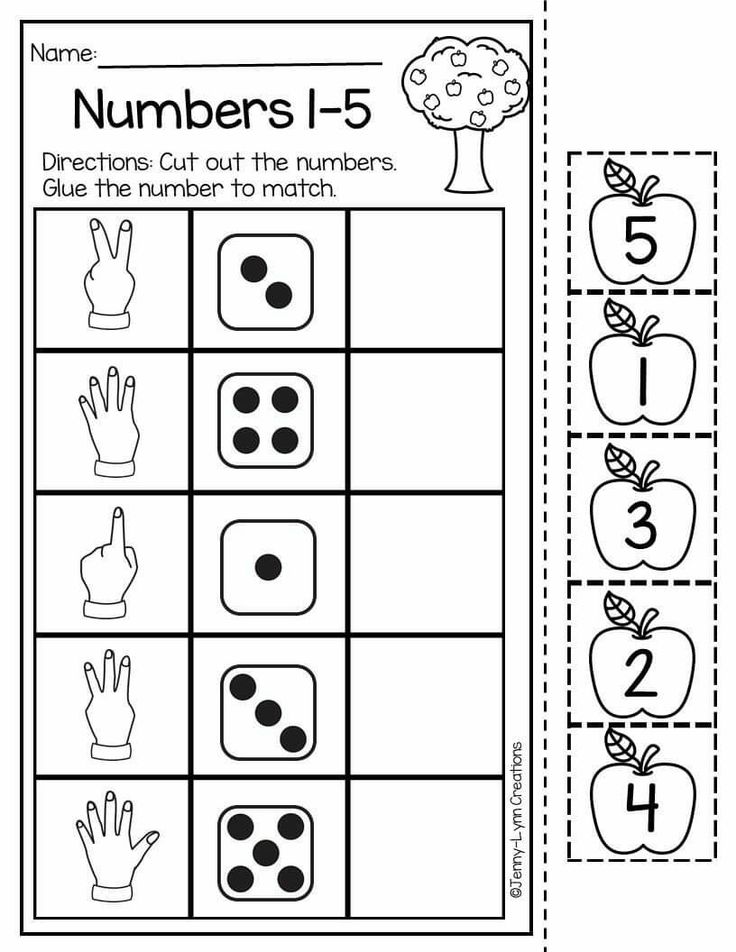 One shows a number from 1 to 10, the other shows the same number of familiar items (fruits, birds, flowers, circles). By folding the halves, the child learns the ratio of numbers with the number of objects.
One shows a number from 1 to 10, the other shows the same number of familiar items (fruits, birds, flowers, circles). By folding the halves, the child learns the ratio of numbers with the number of objects.
Puzzles for classes can be downloaded here.
Download puzzlesCut the cards printed on the printer along the center line. Ask your child to find the matching halves and put together some puzzles.
The first version of the game: match the second part to the number. The second is to find a half that matches each picture. It is convenient to use reusable wooden puzzles. You can buy them in the Ozon online store.
Learning to compare “How much more to how much less”
During the math classes between the ages of 2 and 3, the child learned to compare populations. He knows how to operate with the concepts of “more, less, equally”. At 3.5 years old, the child is able to determine the difference in numerical terms, to count how many items are more or less.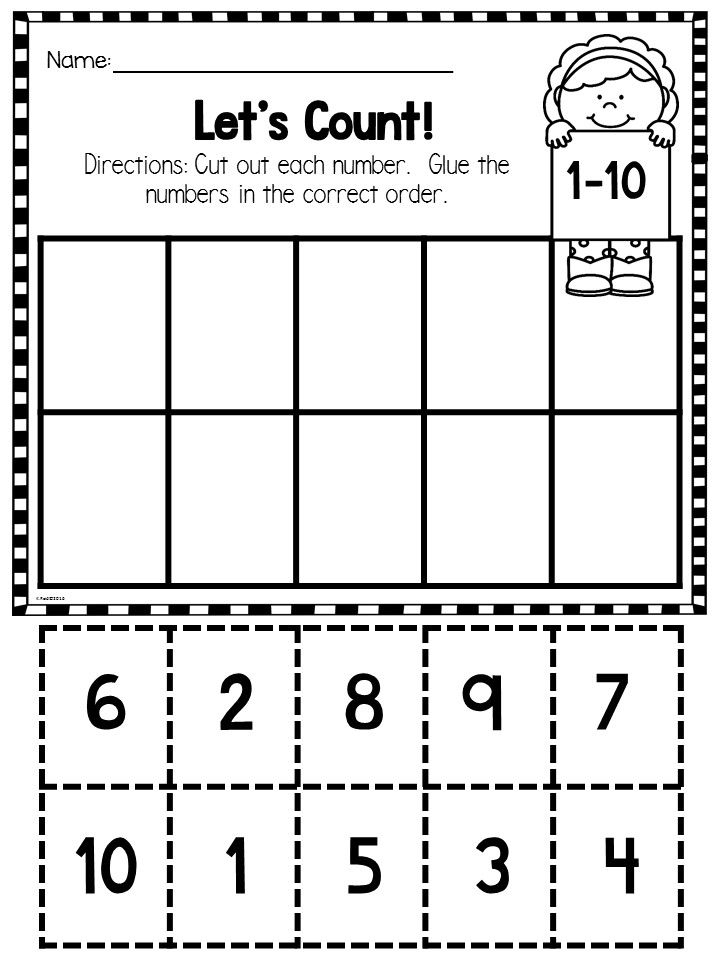 You can develop the skill in everyday games with practical examples.
You can develop the skill in everyday games with practical examples.
Treat your friends
3 toys came to visit us: a bunny, a clown and a tumbler. You need to give them candy. Take it out of the vase. How many sweets do we have (4)? Which is more - sweets or toys (candy). How much more (one)? Well done, she'll get you.
Cards can still be used for games. Feed the squirrels with cones. Lay out 4 cards with the image of squirrels, and under them 3 cones. Ask the baby: “Did all the squirrels have enough cones? Not? Who didn't have enough? And let's make squirrels and cones equally?
Lay out a different number of cards each time and let the baby feed all the animals. Download cards for the game on our website.
Download flashcards
Compare flashcards
During the day, between times, show the baby two cards with different numbers of objects. Ask where are more items? How much? Where is less? The child will learn to compare groups and determine the difference in their number.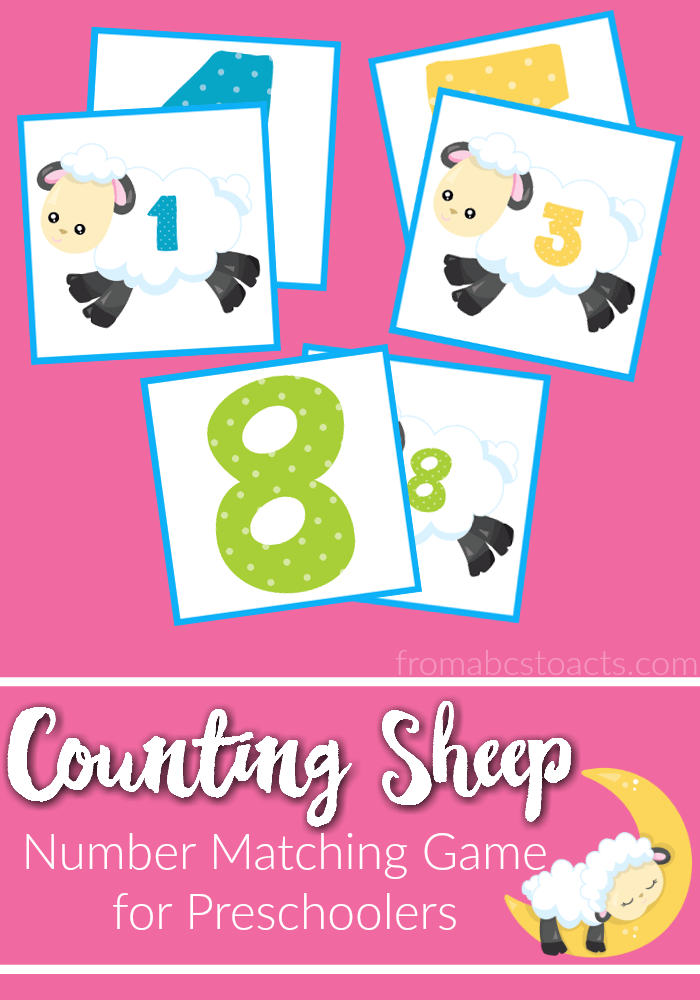
For children 3-4 years old, you can already use different types of images: figurative pictures and geometric shapes. Let's say there are 3 carrots on one card, and 2 mugs on the second. Or 1 square and 5 chickens and so on. The task of the game is to teach the child to see the quantitative difference, regardless of the characteristics of the objects.
Who is more
An adult says: “Girls and boys are walking in the yard. Instead of boys, there will be squares, instead of girls, circles (puts 6 squares and 4 circles mixed on the table). How many guys are there? And which of them is more? How much?
Tell the child that it is easy to find out if you arrange the figures in 2 rows, one under the other. How many fewer girls than boys? And now make sure that they were equally.
It happens that it is difficult for a baby to determine the numerical difference. In this case, change the tasks to simpler "Greater than, less than or equal to." Cards for the game “One-many” can be downloaded in the article “Mathematics for kids 2-3 years old. Learning numbers and learning to count.”
Learning numbers and learning to count.”
First addition and subtraction examples. Learning to equalize objects
Math examples for 3-4 year olds introduce simple arithmetic operations. The child learns new words: subtract, subtract or add, add, learns to use them.
For the first lessons, any compact objects are suitable - nuts, buttons, pebbles, toys. Then move on to the exercises with pictures or cards. For example, like this.
Comparing rows of objects, the baby gets a visual representation of the difference in quantity and fixes the score to 10.
You can take the buttons, and for clarity we will use cards with apples and pears. If you also want to play with cards, you can download them here:
Download cardsAsk the baby to lay out two rows of buttons, one under the other. For the top you need to take 6 white buttons, for the bottom - 4 red ones.
Give the task to make the rows the same or equal. The child will make several attempts and find the right solution.